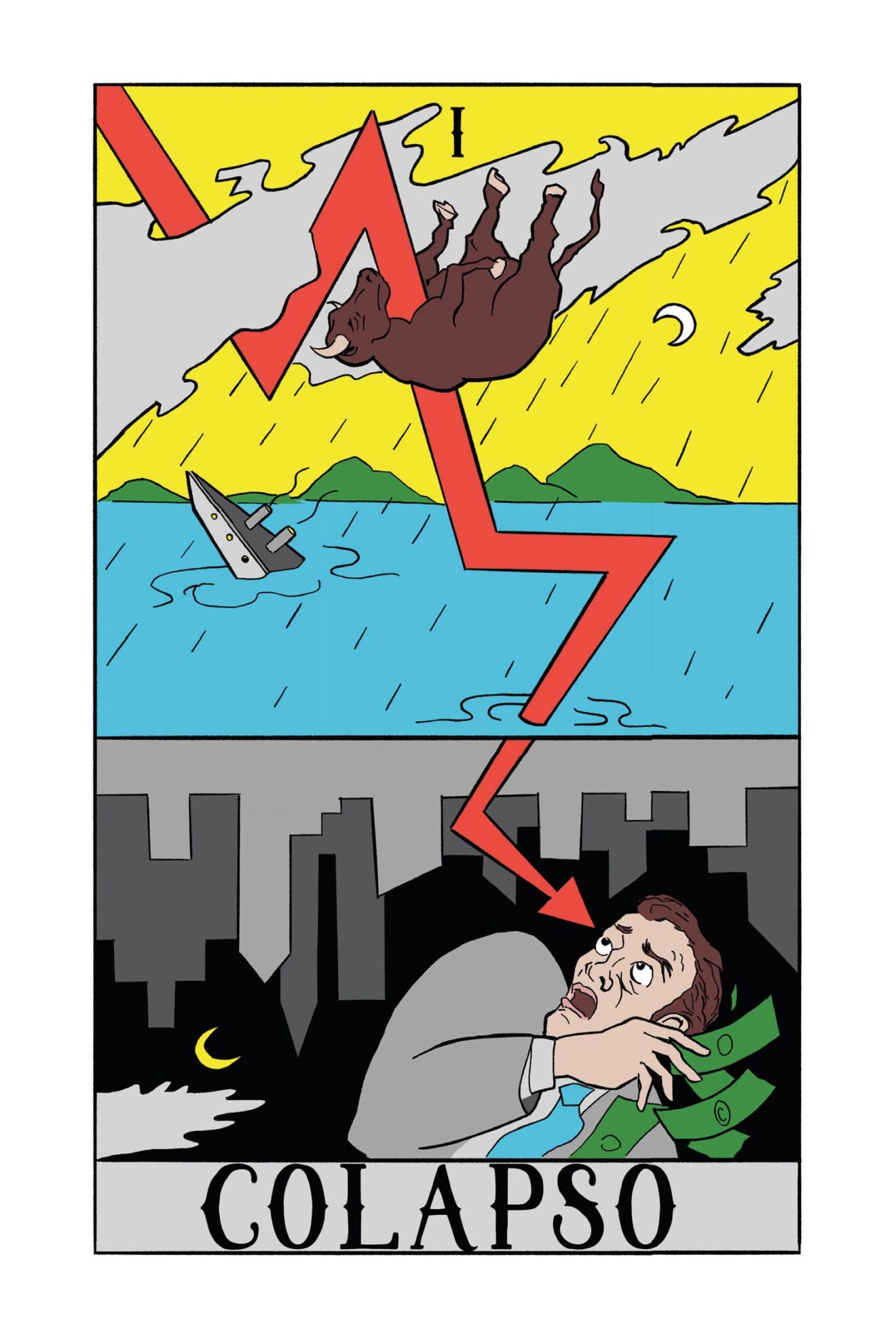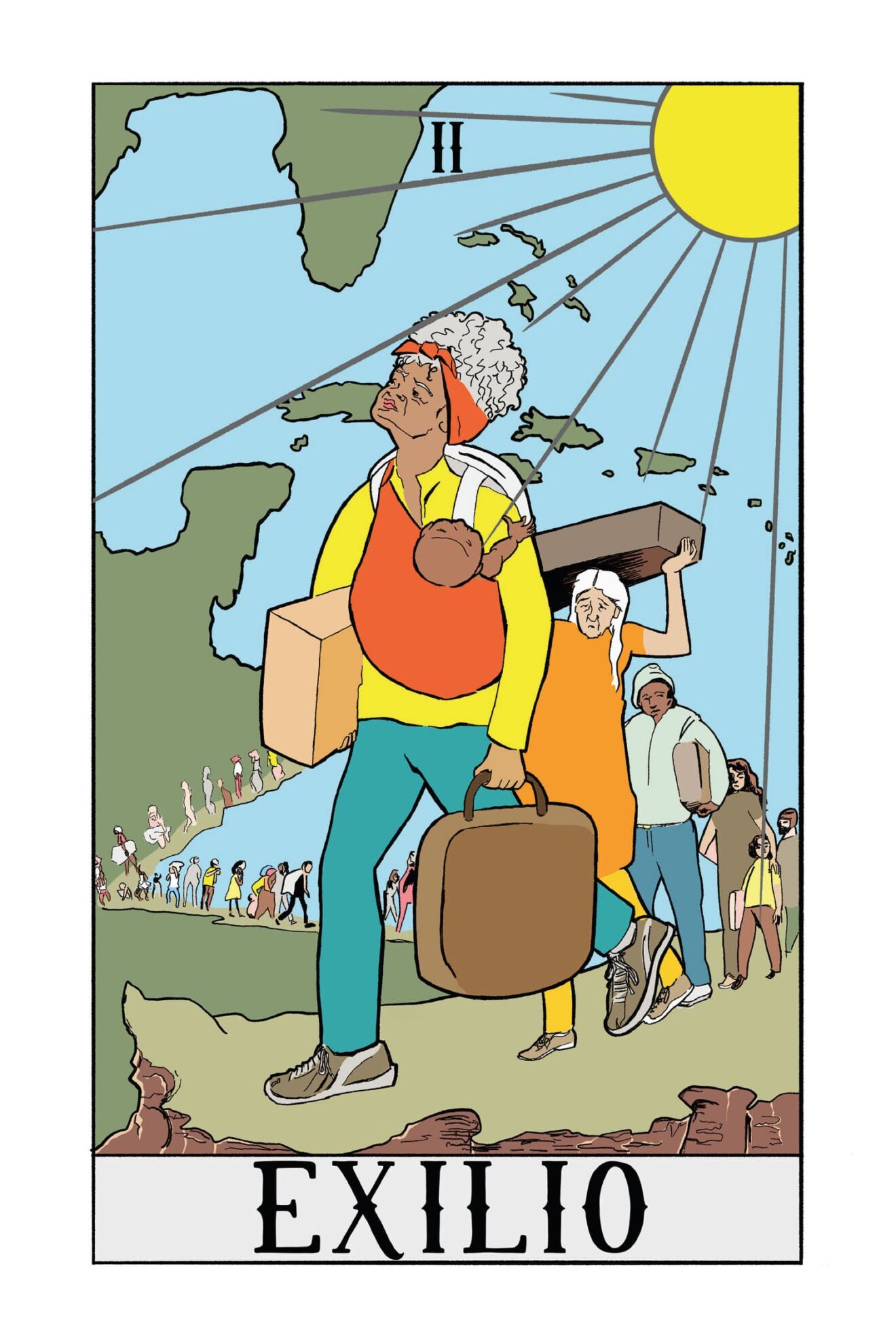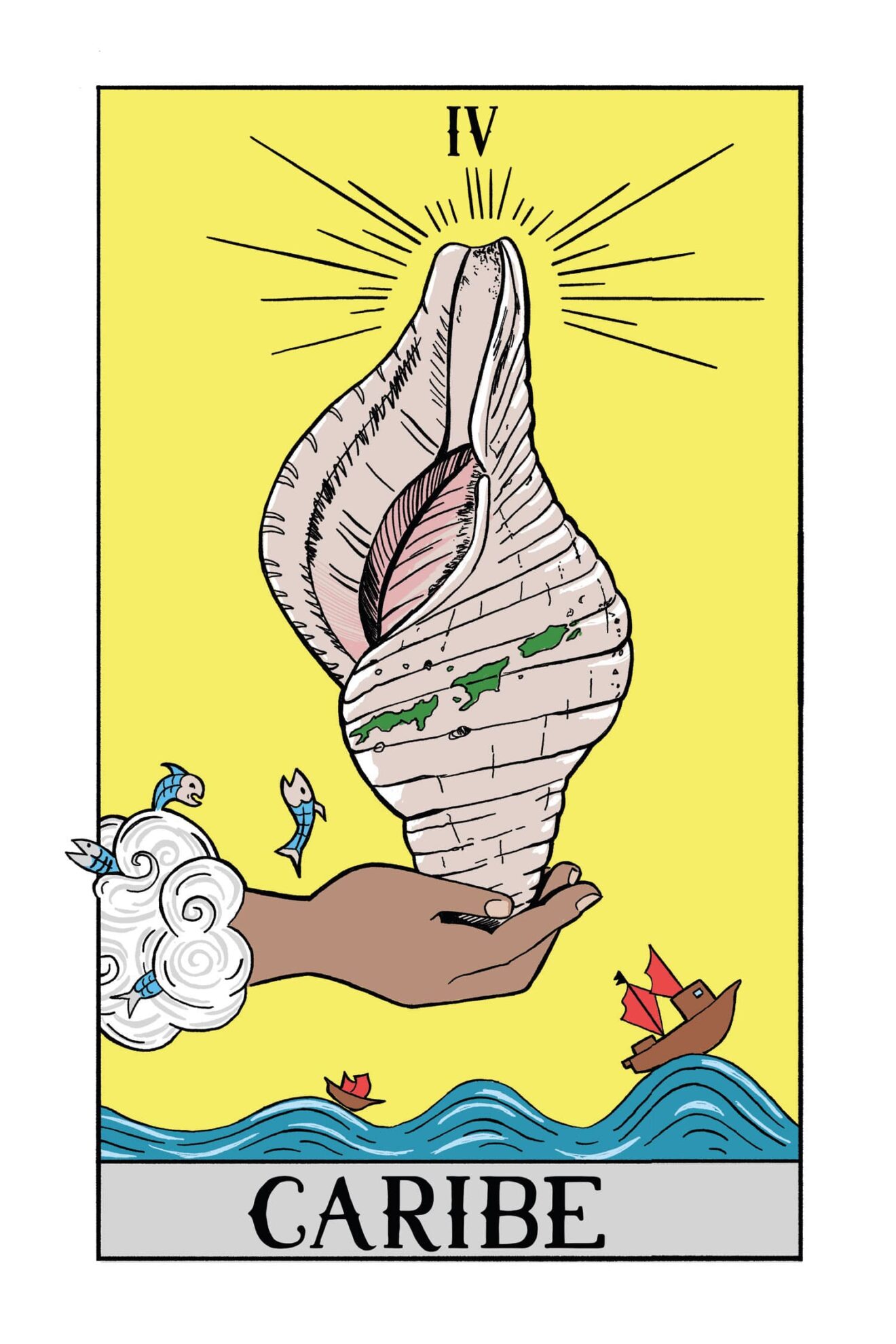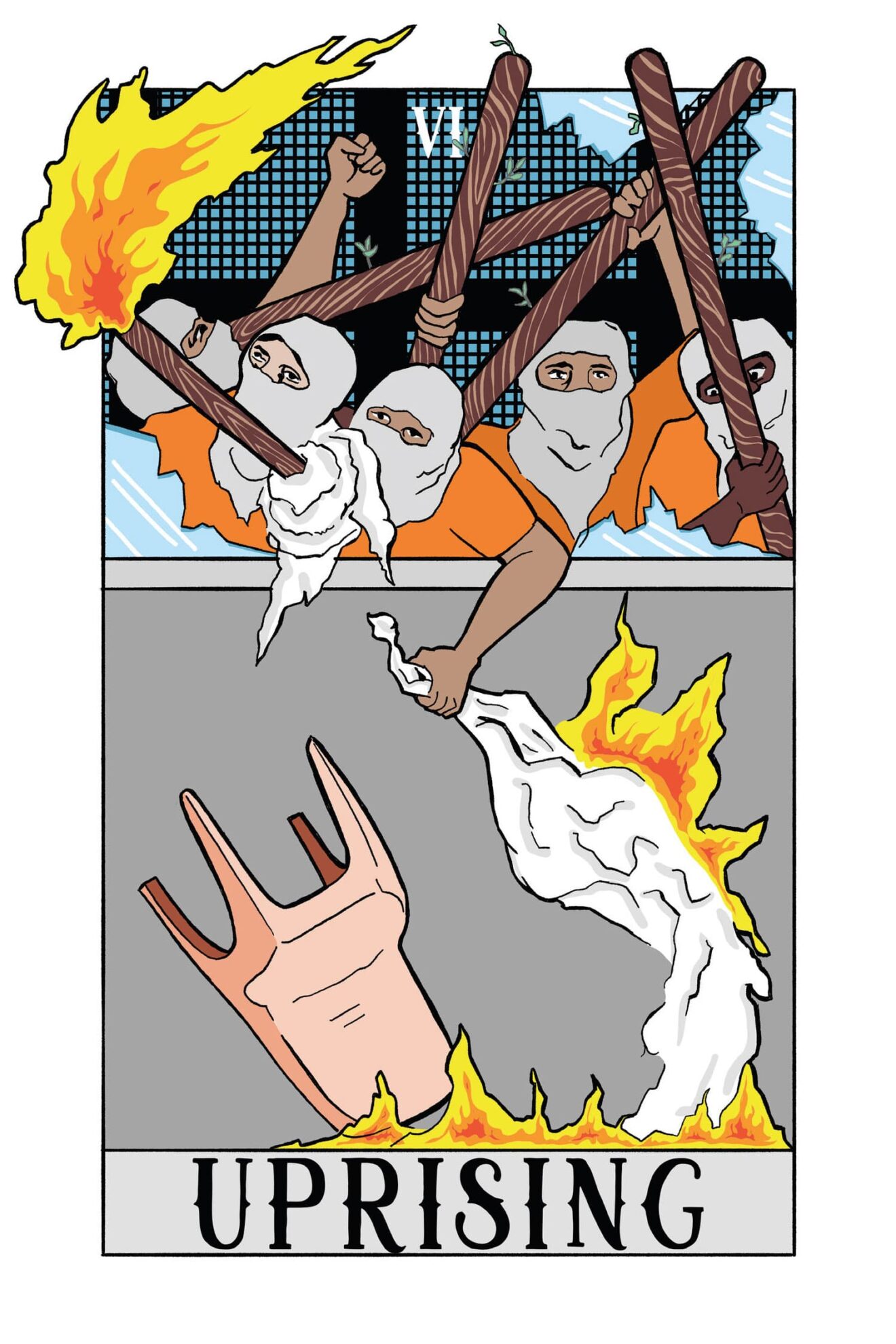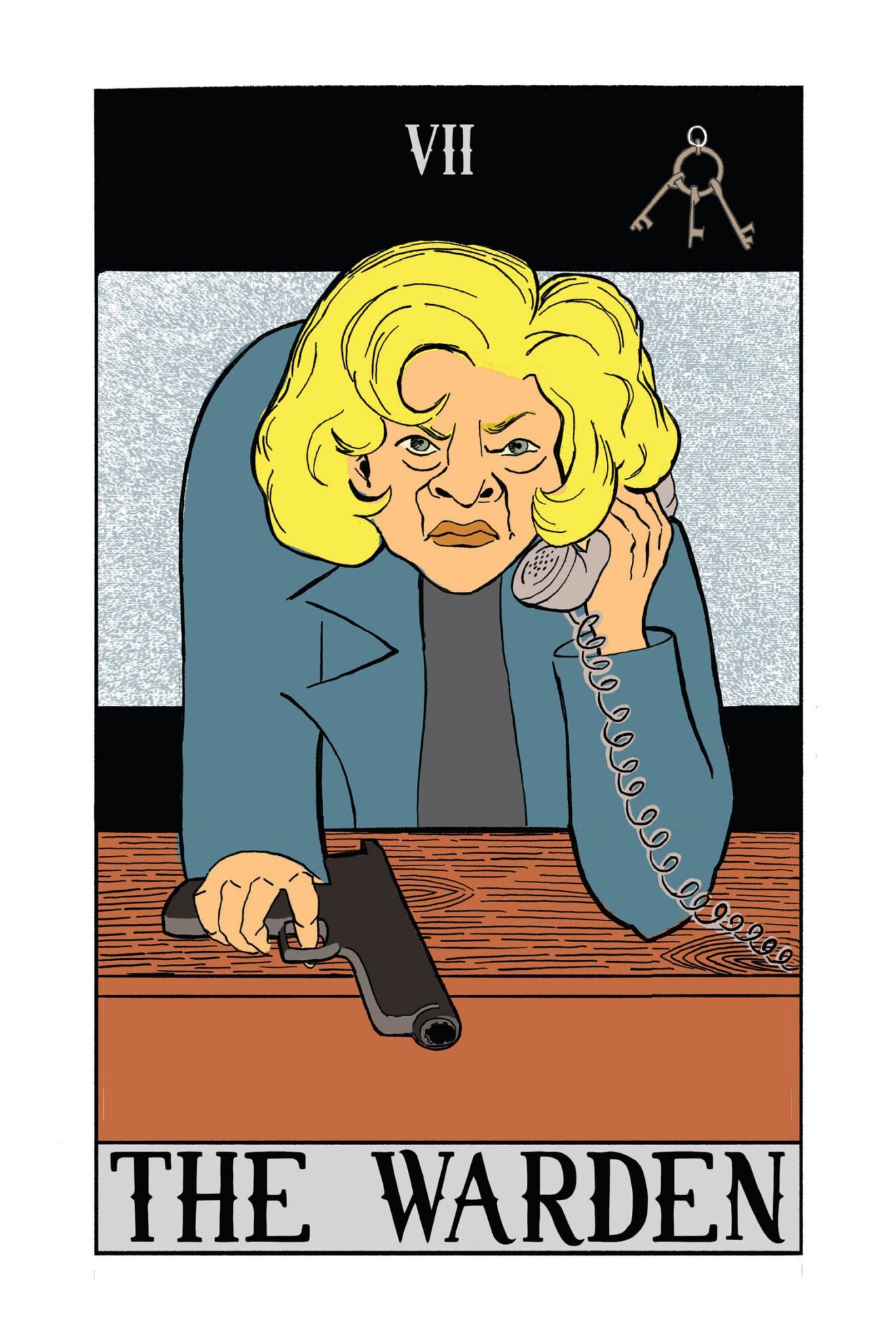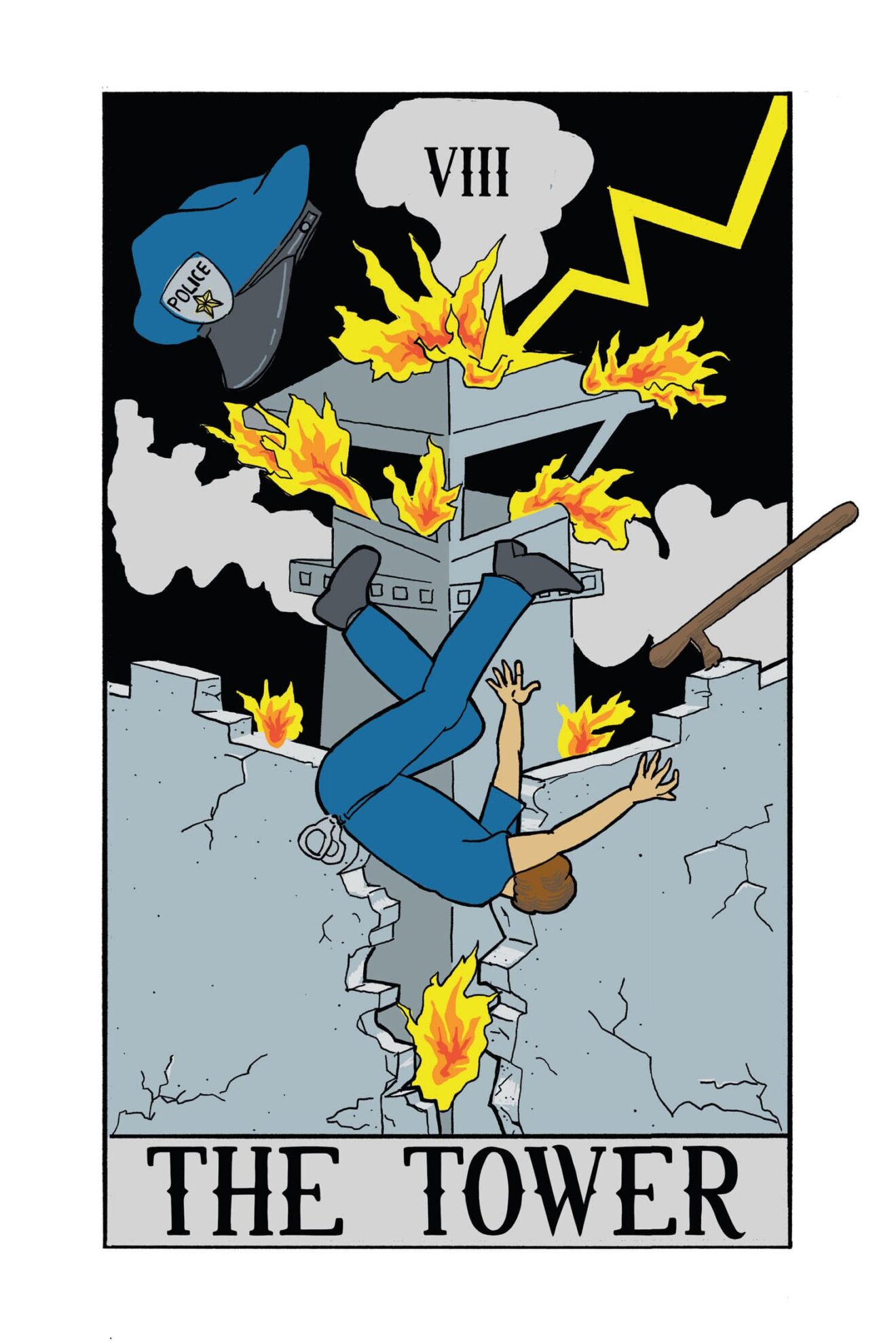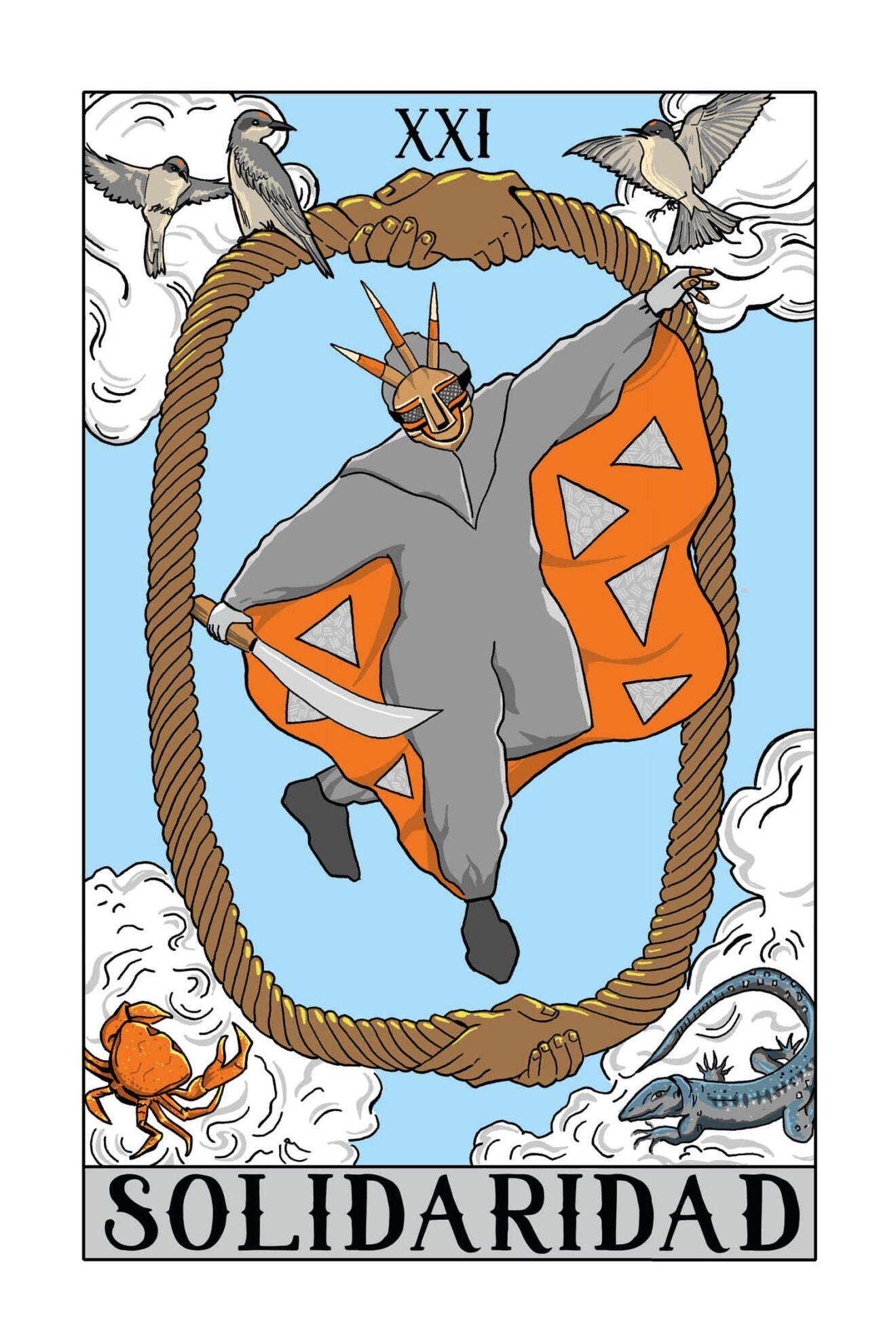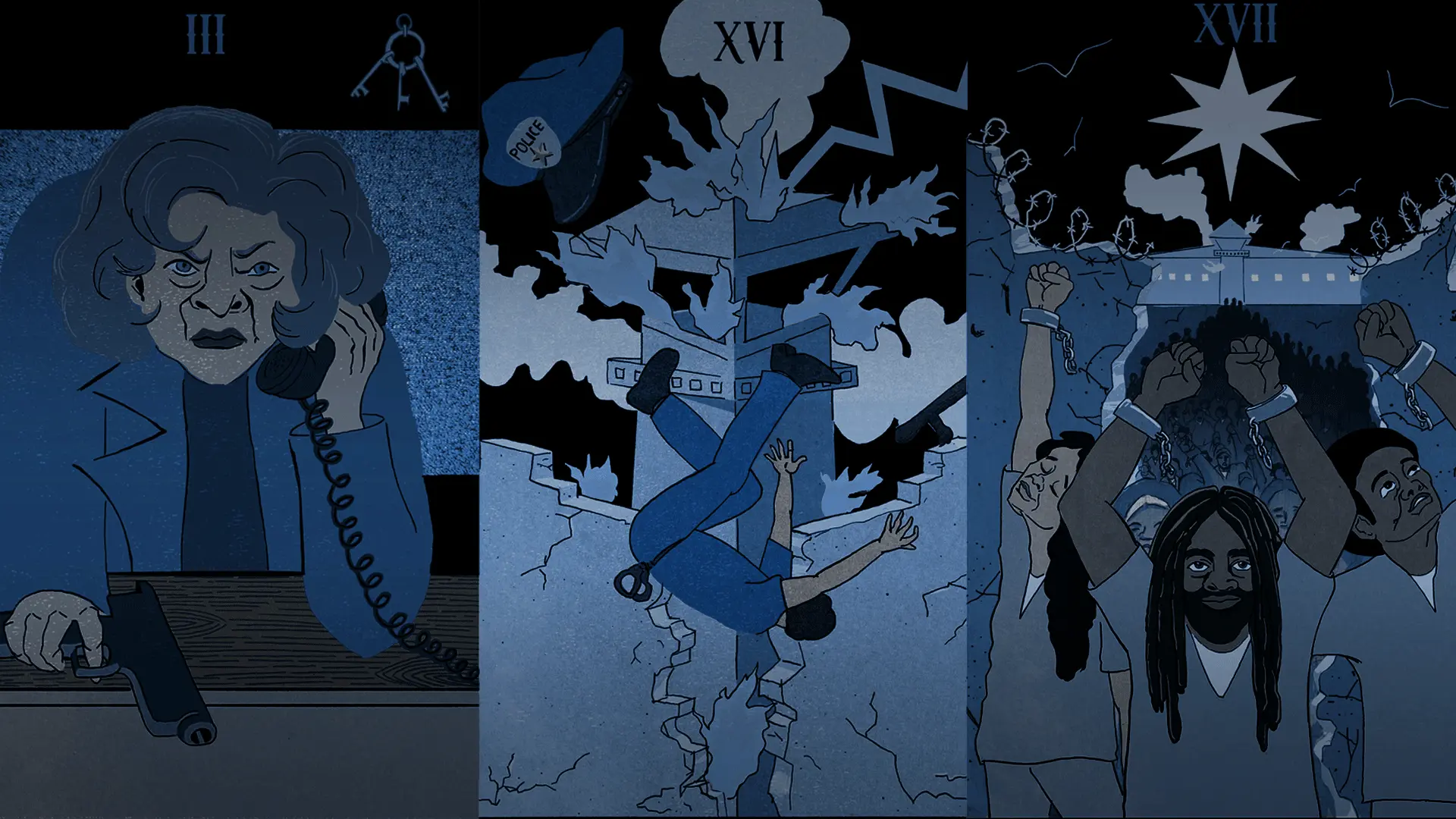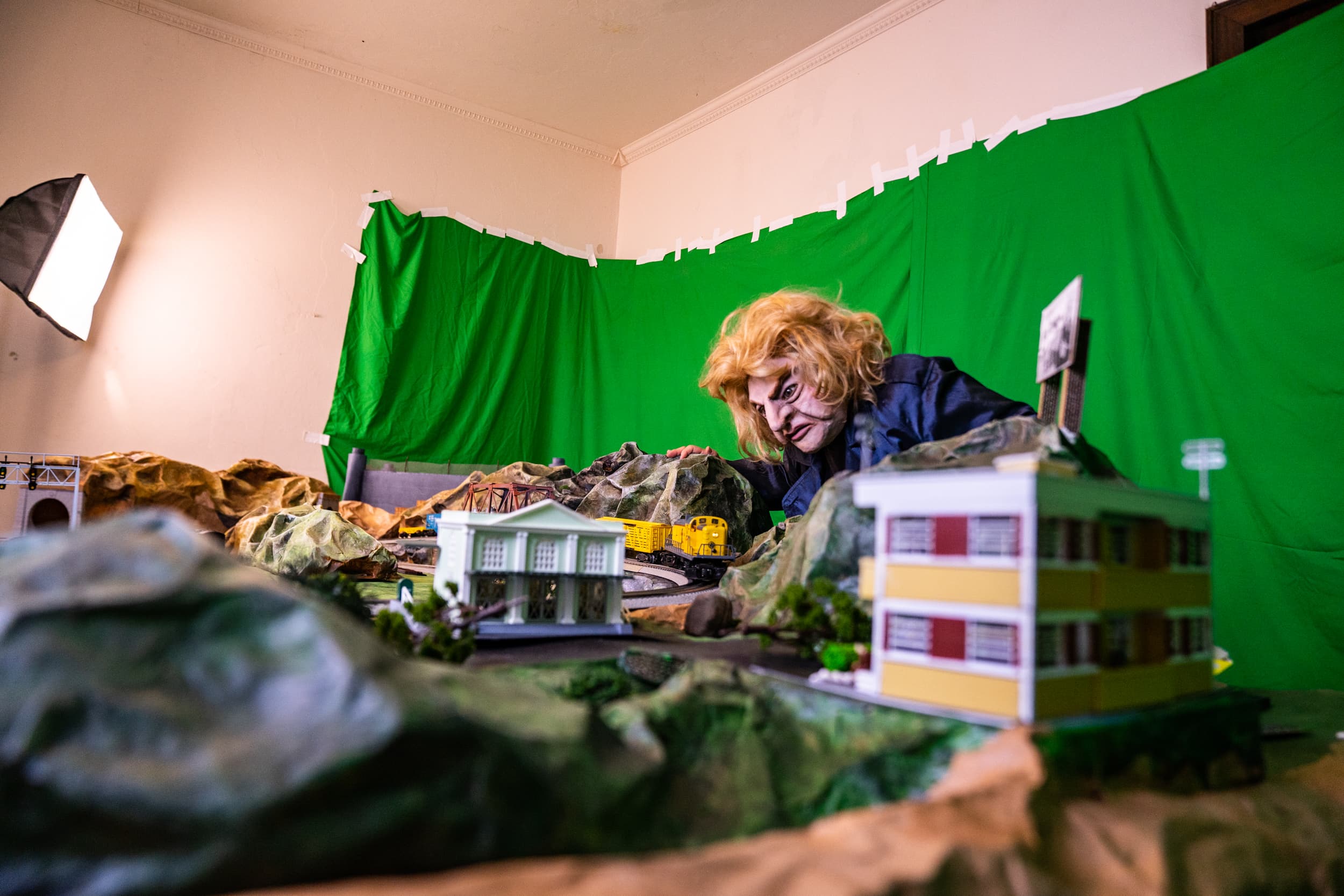
creative process
In 2019, members of Papel Machete formulated the idea for On the Eve of Abolition, building on our past work addressing mass incarceration in the US and Puerto Rico. In 2009, Papel Machete presented the shadow puppetry piece, “¿Quién Controla a Aquellos en Control?” (“Who Controls Those in Control?”) which highlights police brutality in Puerto Rico and their repressive role in a capitalist colonial system. In 2015, Papel Machete created a cantastoria piece called “If All Lives Matter ‘Cause We’re All Created Equal, Why Are Some Lives More Equal Than Others?” responding to police violence and the prison industrial complex, using a handmade quilt designed by Papel Machete artist Dey Hernández and sewn by Brooklyn-based artist Sylvia Hernández.
Papel Machete’s creative work is grounded in intersectional working class politics informed by the radical feminism and anti-colonial works of thinkers like bell hooks and Franz Fanon. We integrate Caribbean performance and music with popular theater and storytelling traditions, to create complete worlds for an immersive aesthetic experience. This is consistent with the teachings of puppeteer and long term collaborator, Deborah Hunt.

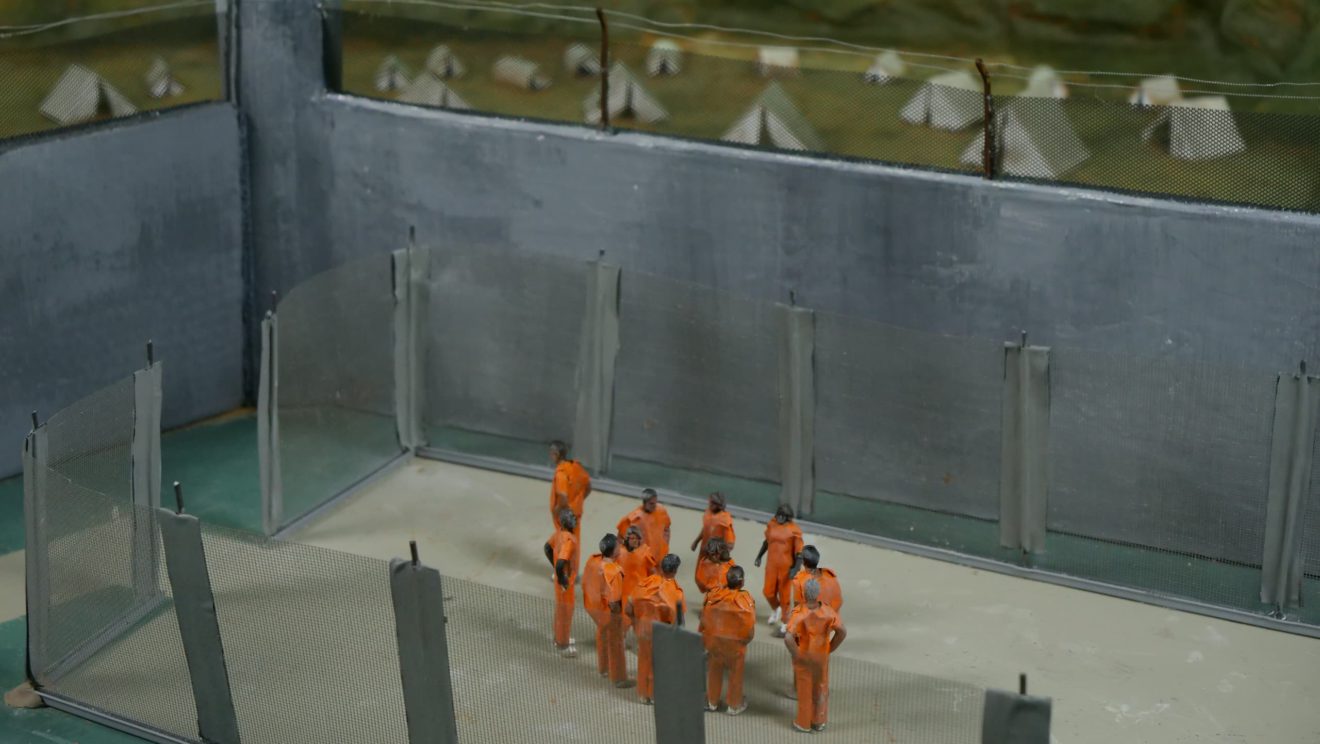
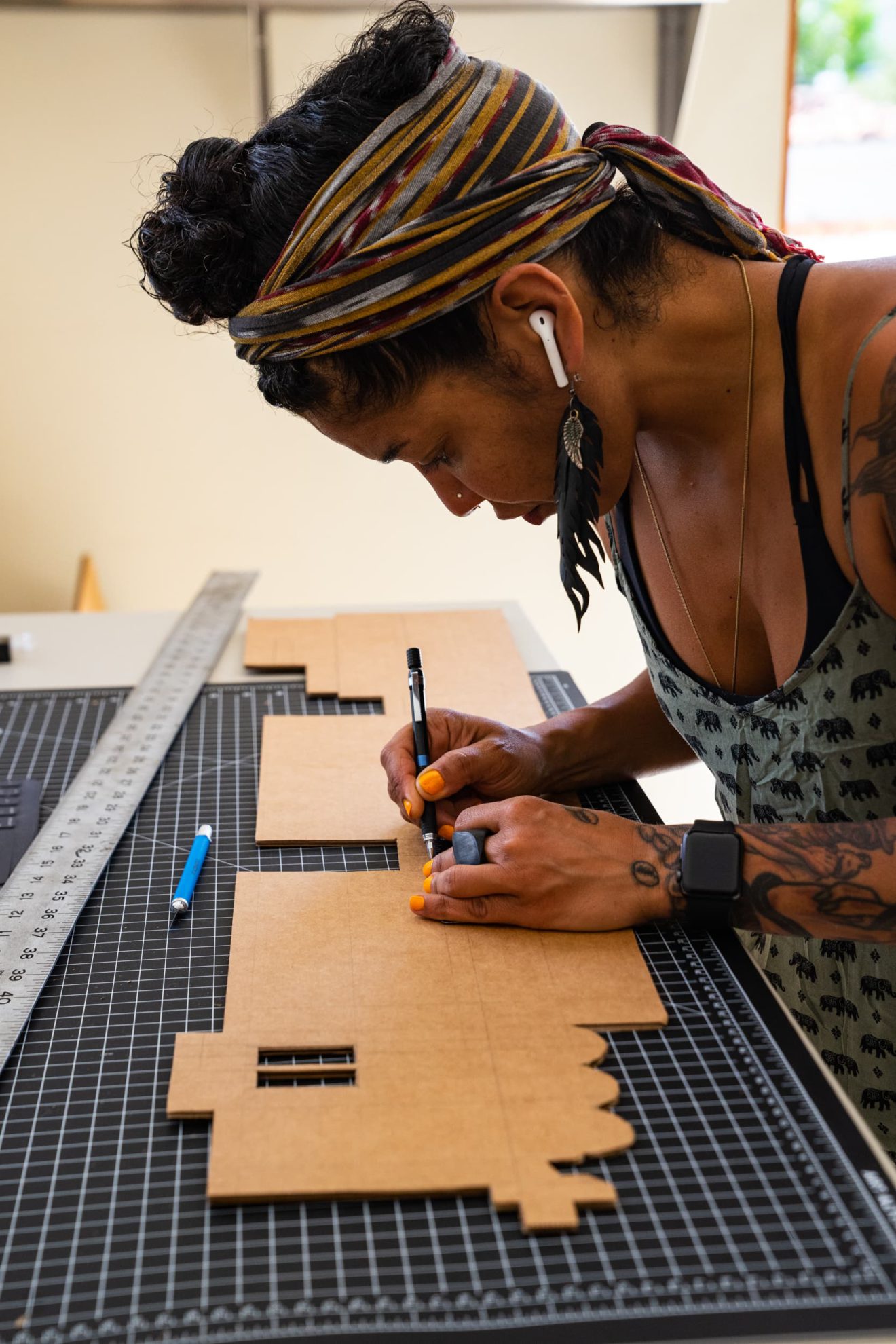

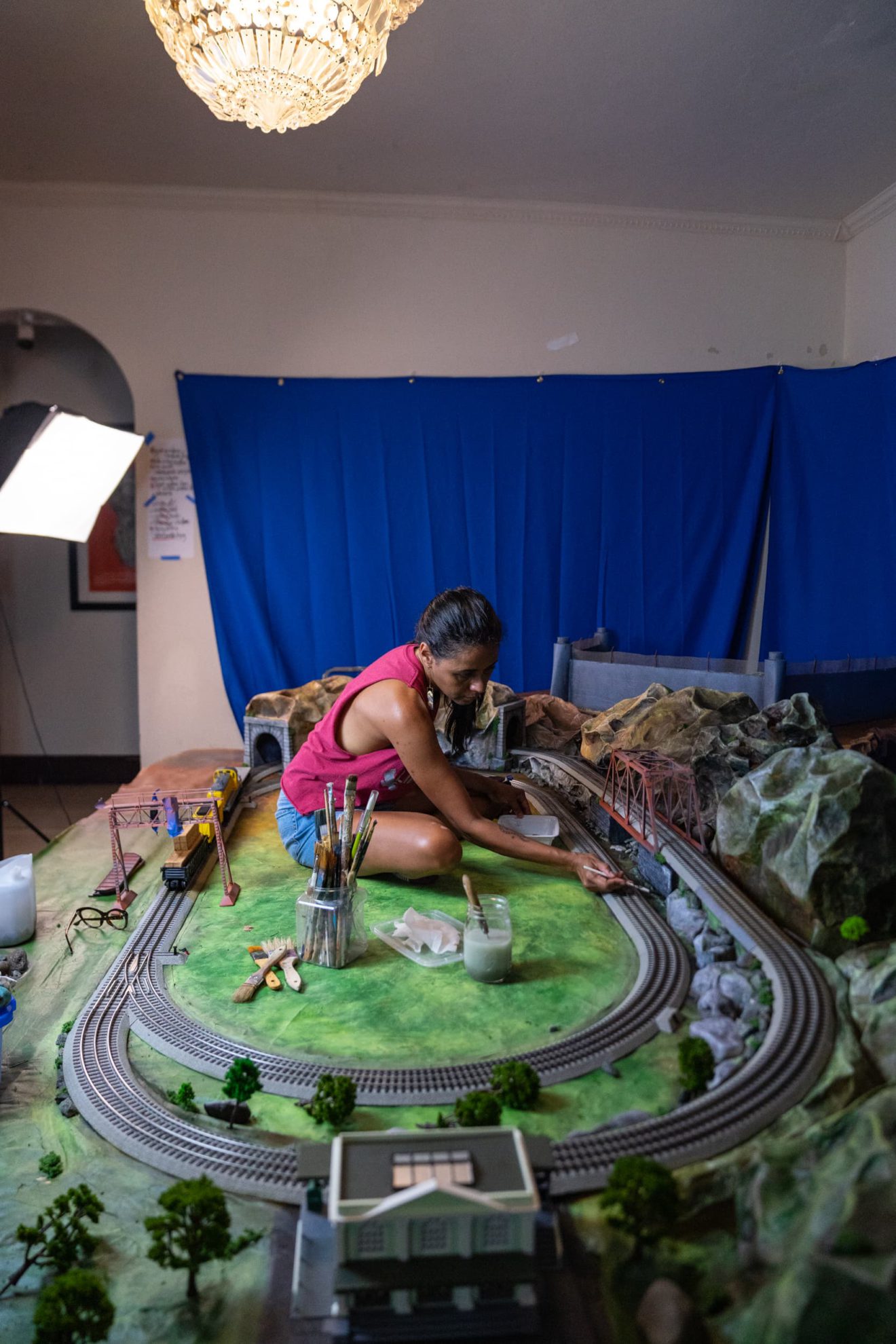
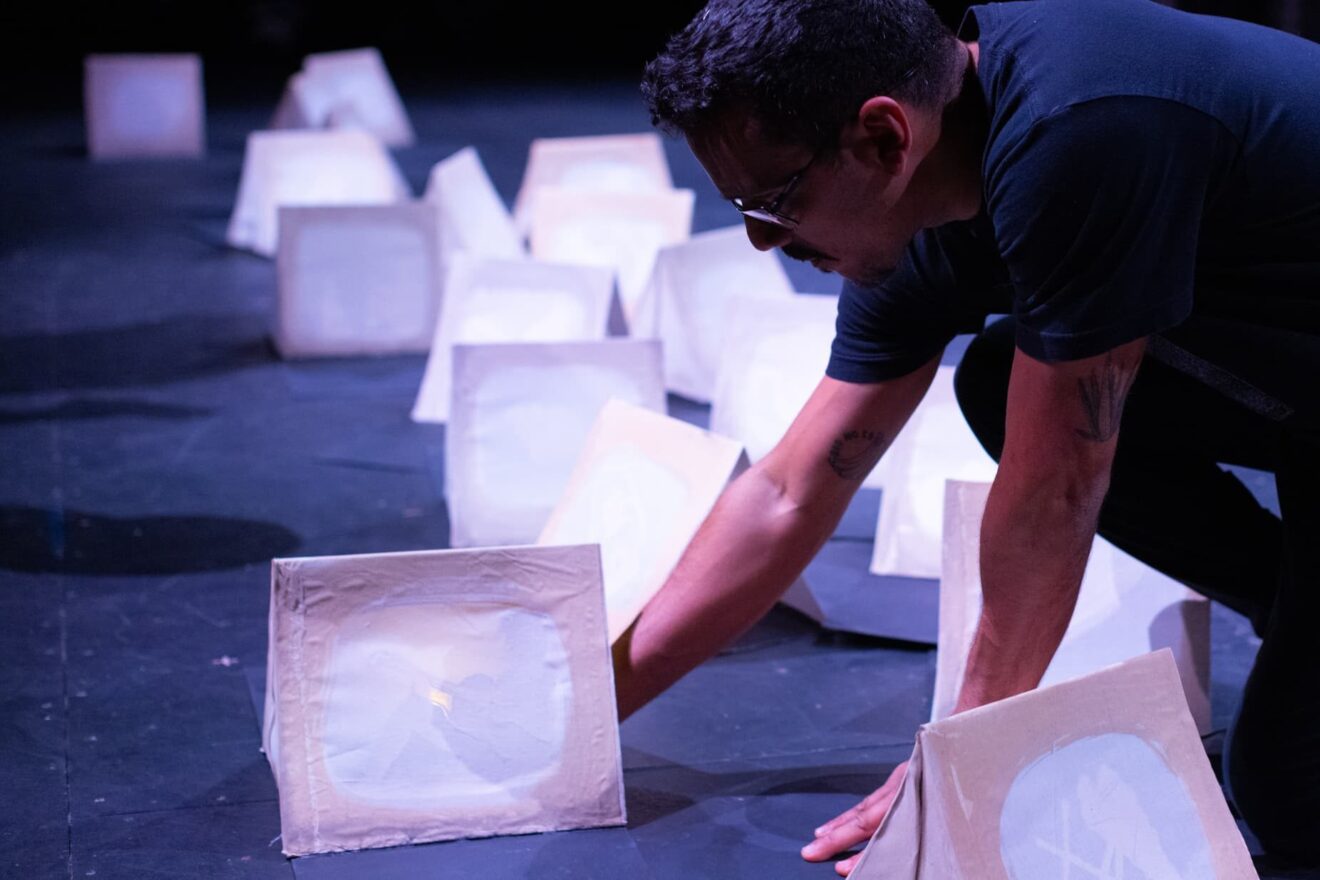
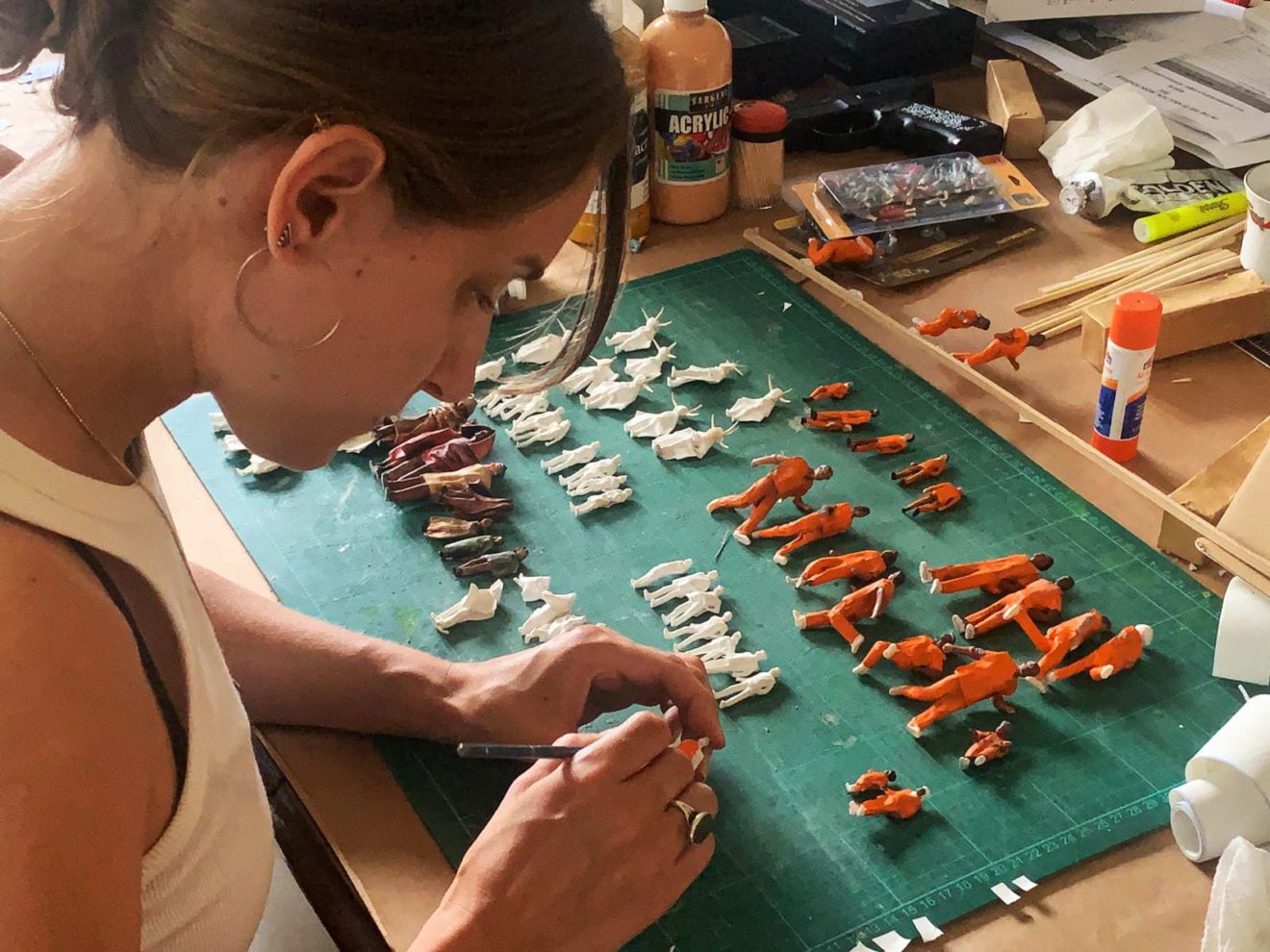

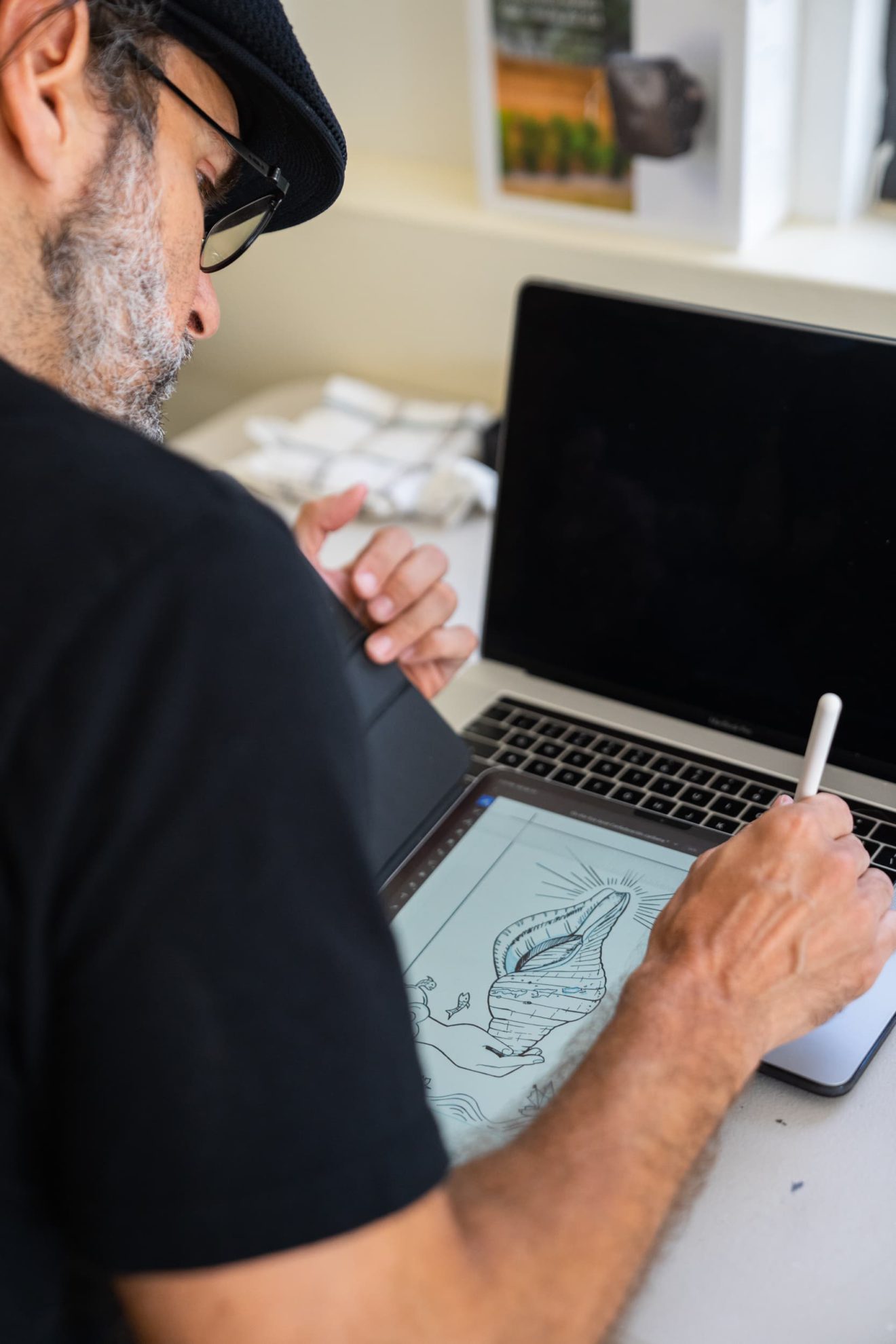
masks
We build all our masks, puppets and performing objects, engineering each one to explore possibilities of scripting based on movement and puppet dramaturgy. This has included experiments with masks created with worbla (a thermoplastic material), which creates a surreally realistic skin texture on the full face and half masks worn by the key characters. Fast rough paper mache masks were created in a community outreach workshop with grass roots organizations. These masks became the chorus of abolitionists appearing in the Dallas work in progress.
The Vejigante masks were created by Juan Pablo Vizcaíno Cortijo and are a theatrical adaptation of the traditional Loíza coconut mask. The masks are constructed of dried coconut and reused materials to create a futuristic image. Their design and construction took into consideration the size and placement of the horns to avoid limiting the movements and actions of the characters, the eyes are sufficiently open to maintain their mysticism, and their wide clothing allow for versatile and wide handling on stage to maintain their essence. The Vejigantes of this story personify our Afro-Caribbean resistance and decolonizing struggle.
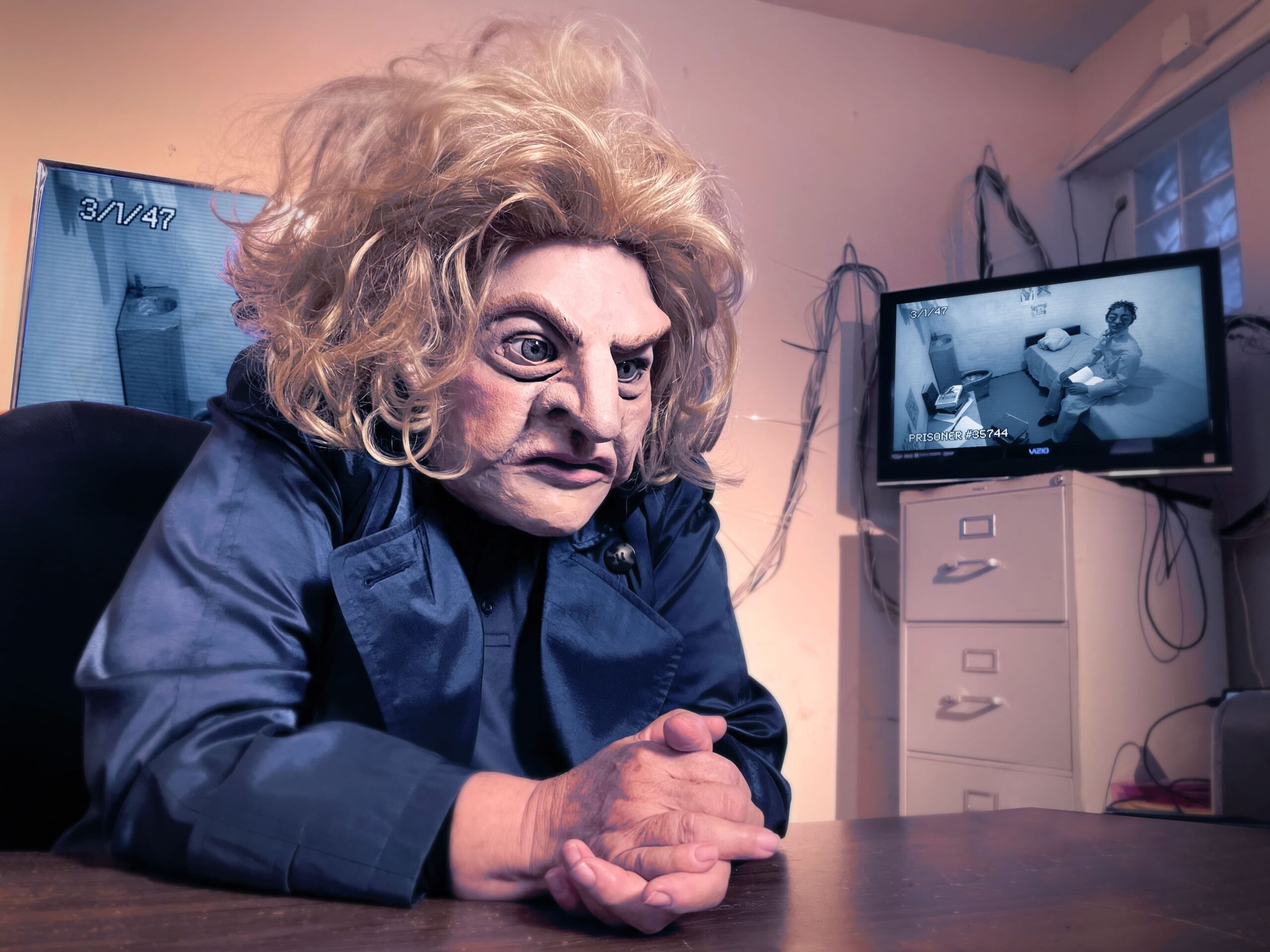
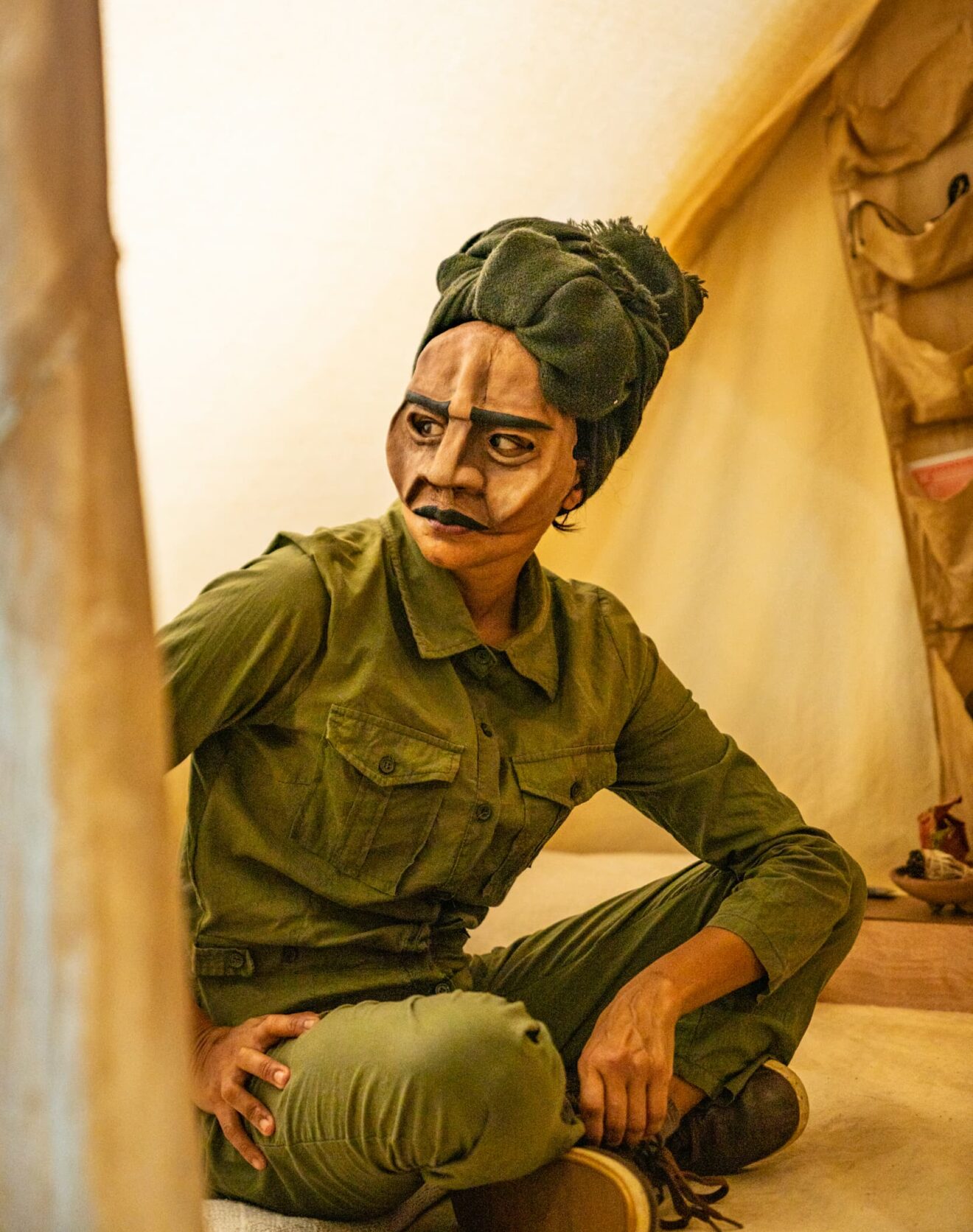
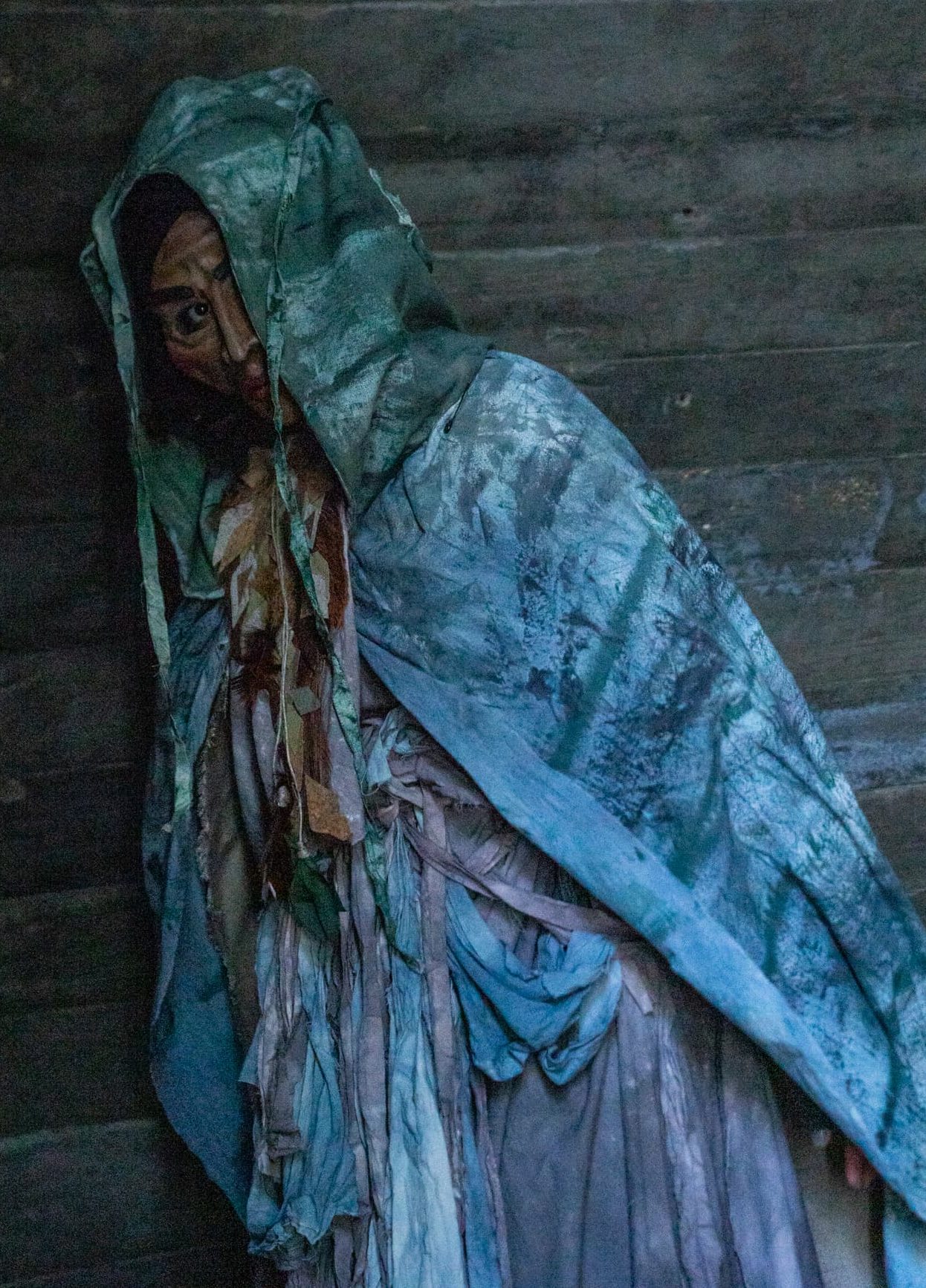
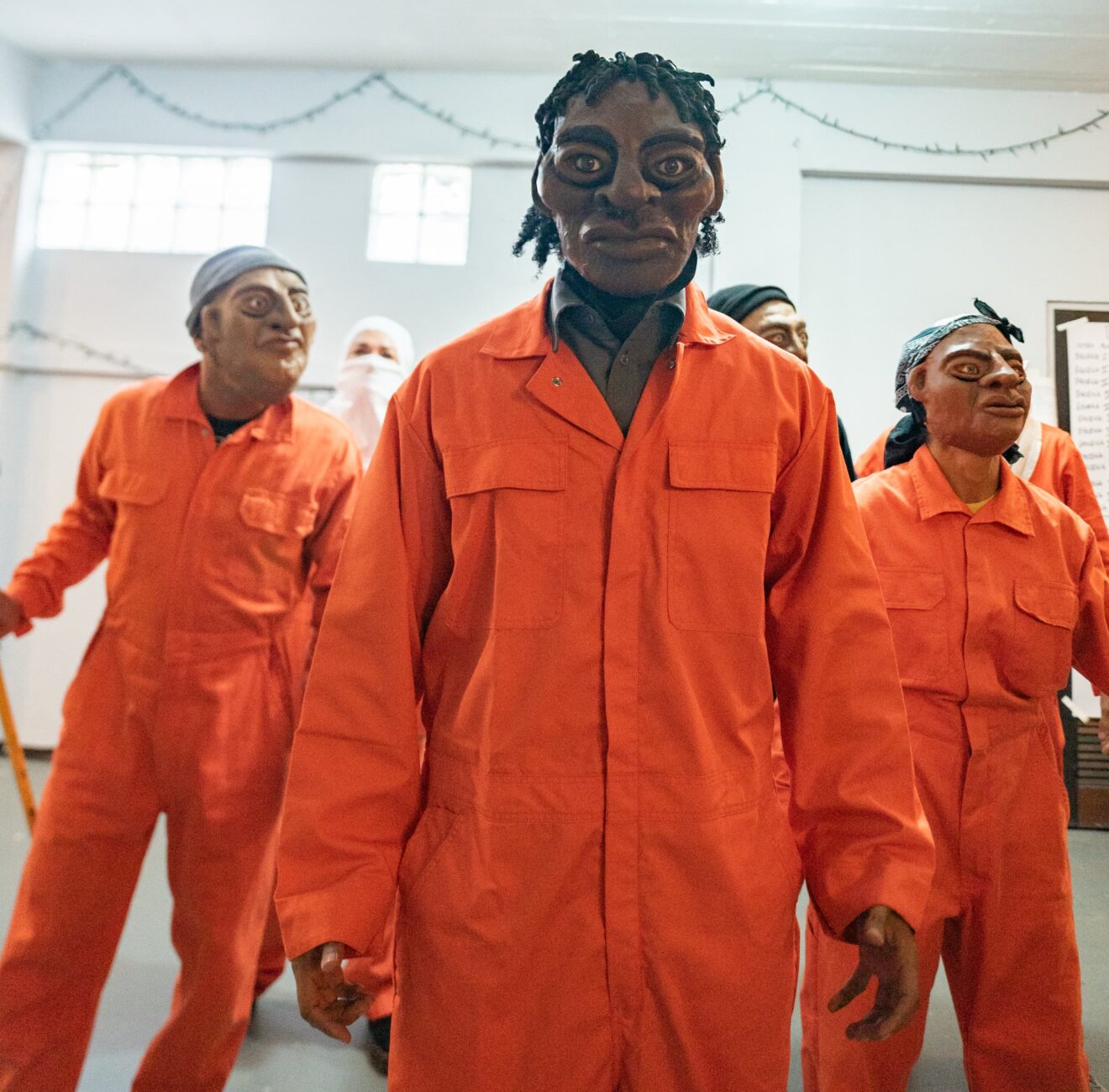

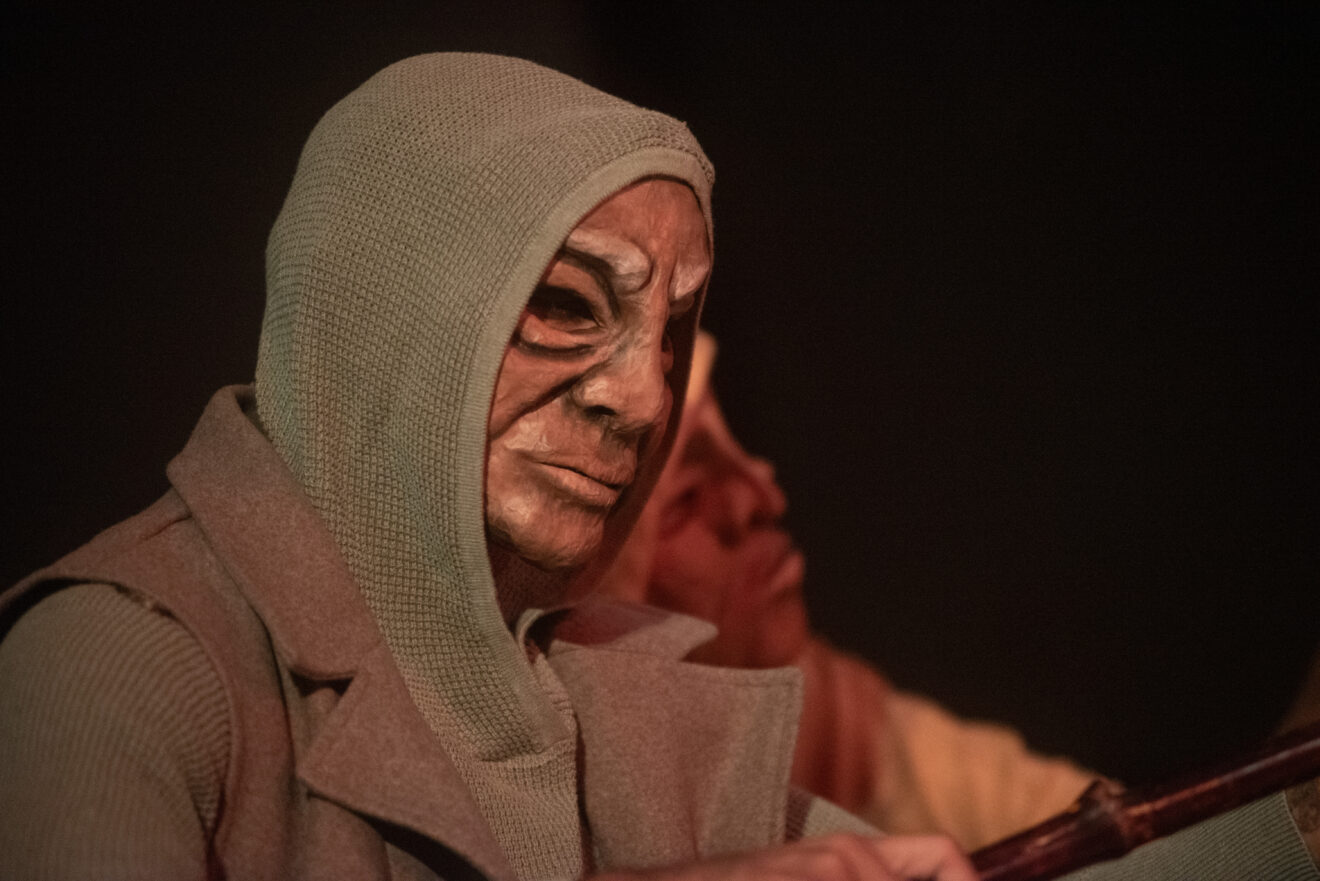
puppets
The same thermoplastic is used with the puppets including marionettes, rod and string puppets, life sized figures with internal wire armatures for the video animation sequences, and hybrid experiments with small heads manipulated on top of a wooden rectangular frame. Here, their bodies and actions are revealed on flat, quickly changing cards inspired by the kamishibai tradition from Japan.
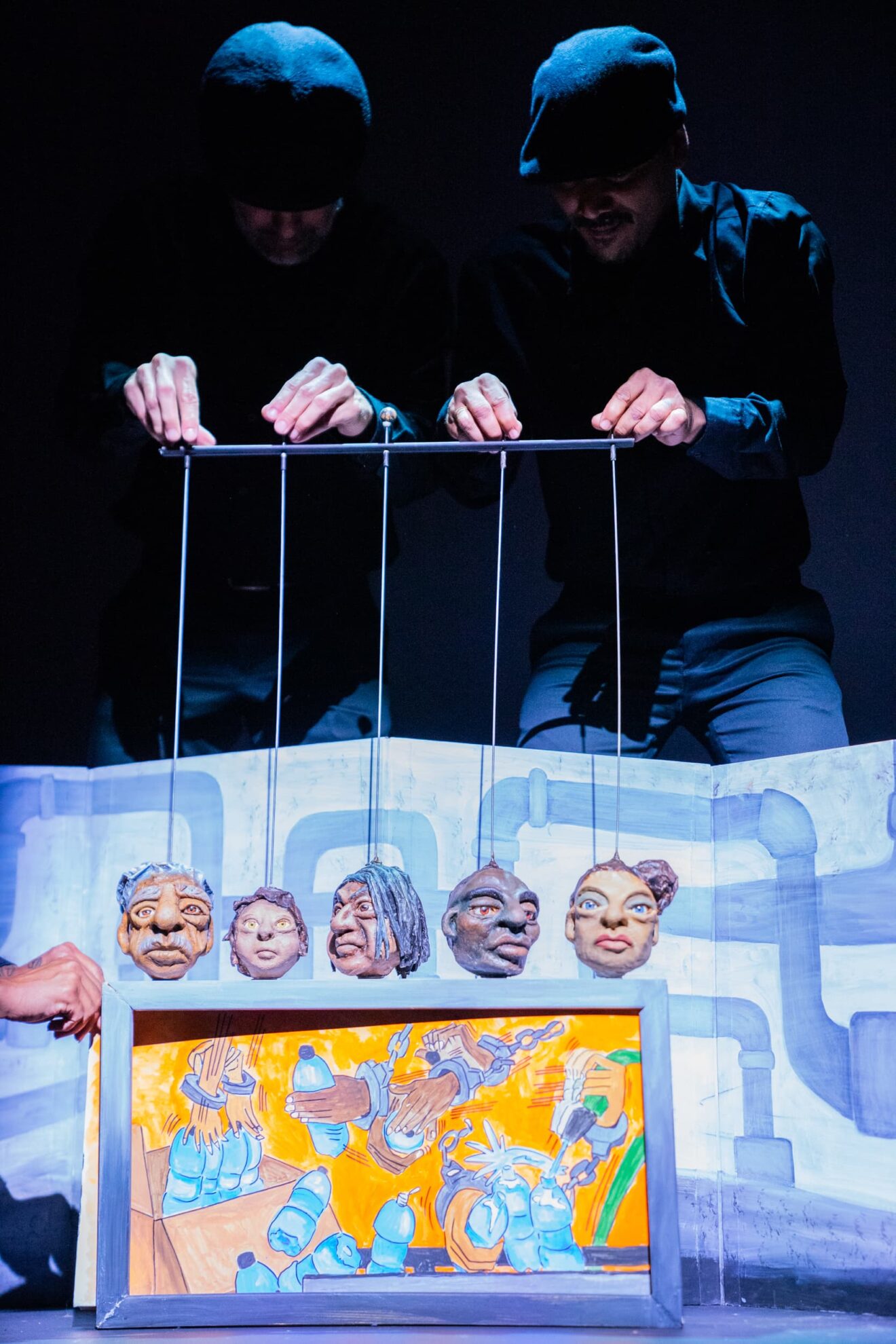
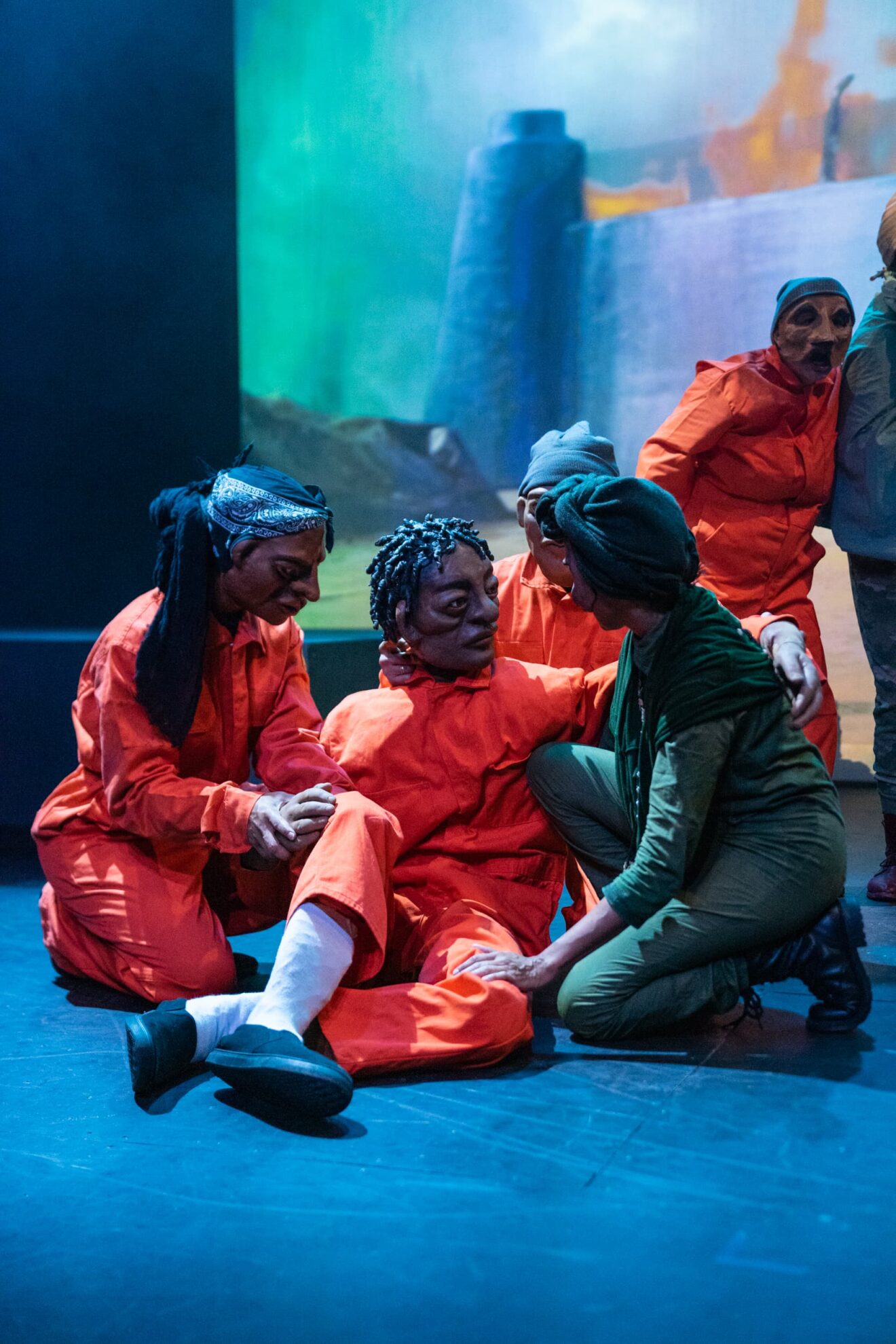
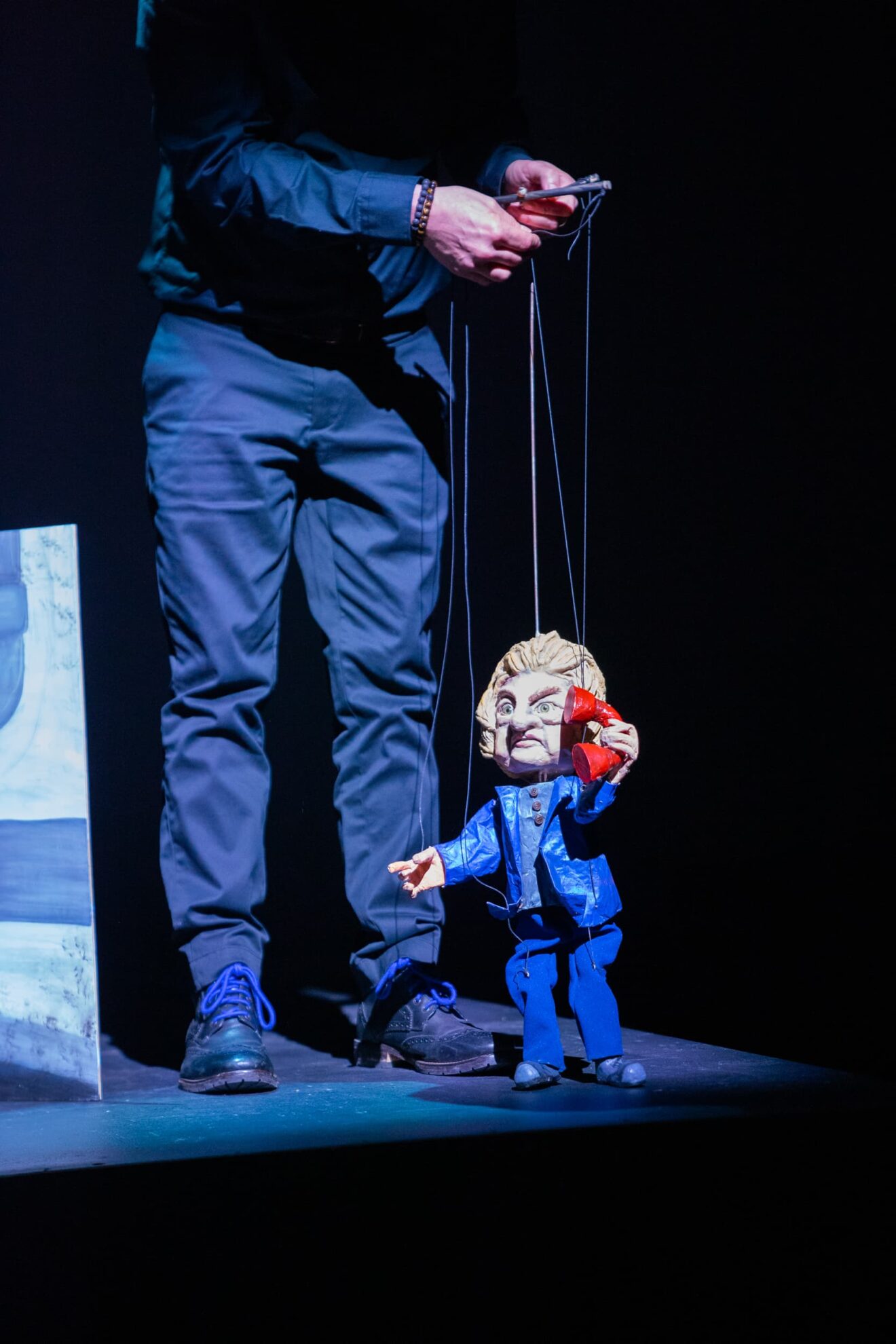
pop-ups & shadows
Popups are featured in a variety of ways: from an elaborate meal which appears suddenly for the Warden, to the ever growing abolitionist camp outside the prison. Their small popup tents populate the front part of the stage and when illuminated, reveal a multitude of shadows of the daily life of the people in the camp. We have also created shadows scenes of the ocean journeys of the revolutionaries, the flight of birds across the walls of the theater and the prisoners’ dreams of bringing down this last prison.

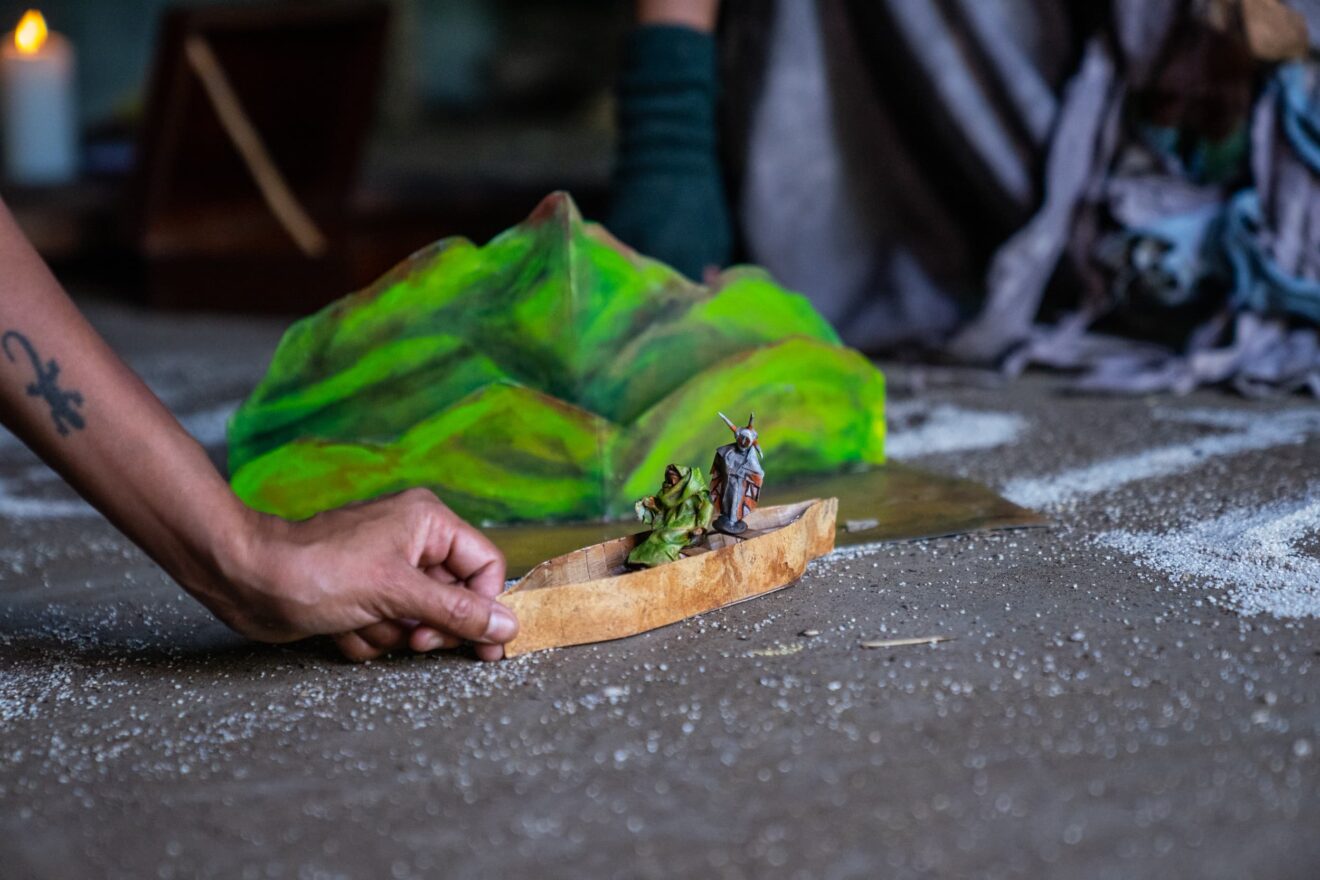

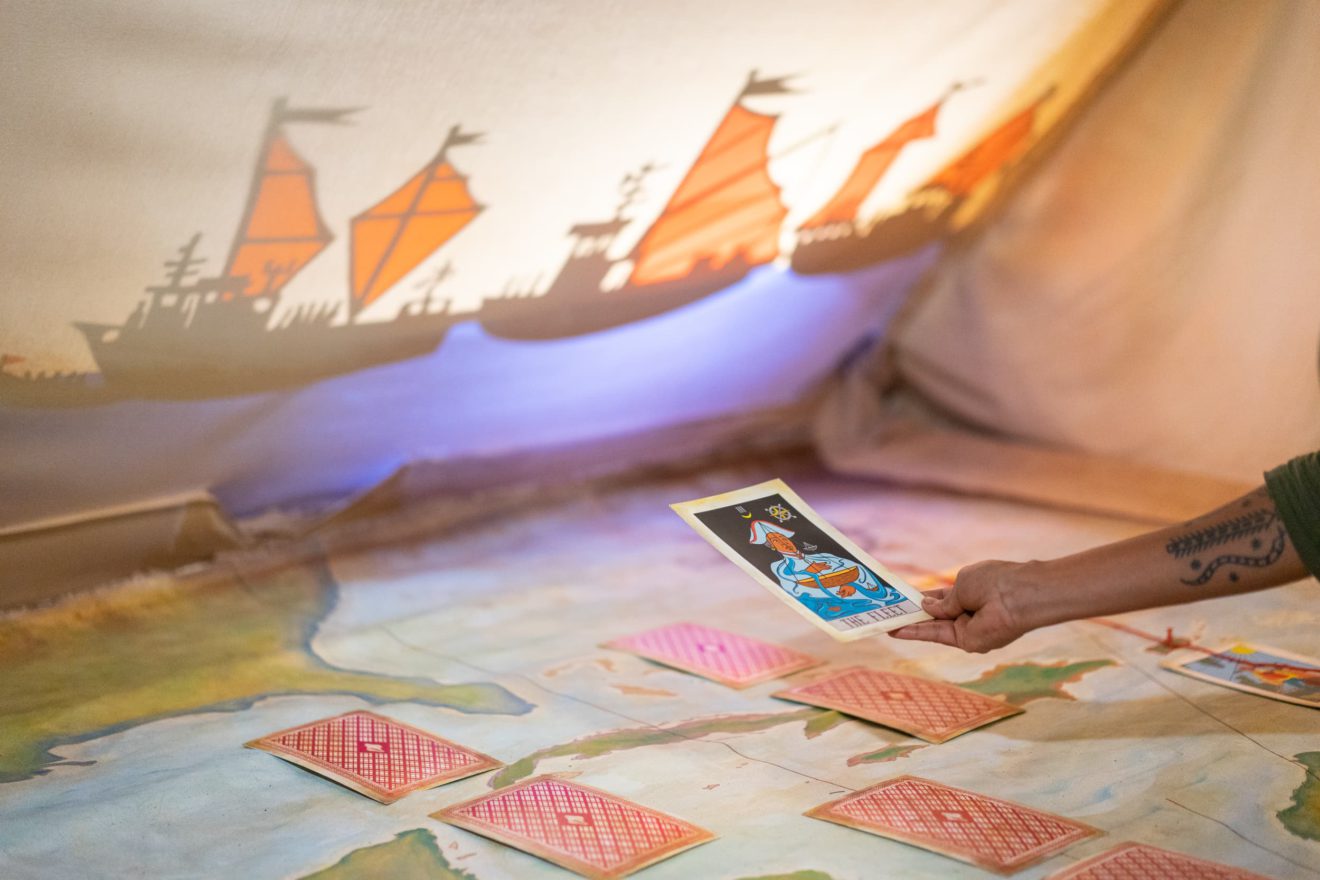
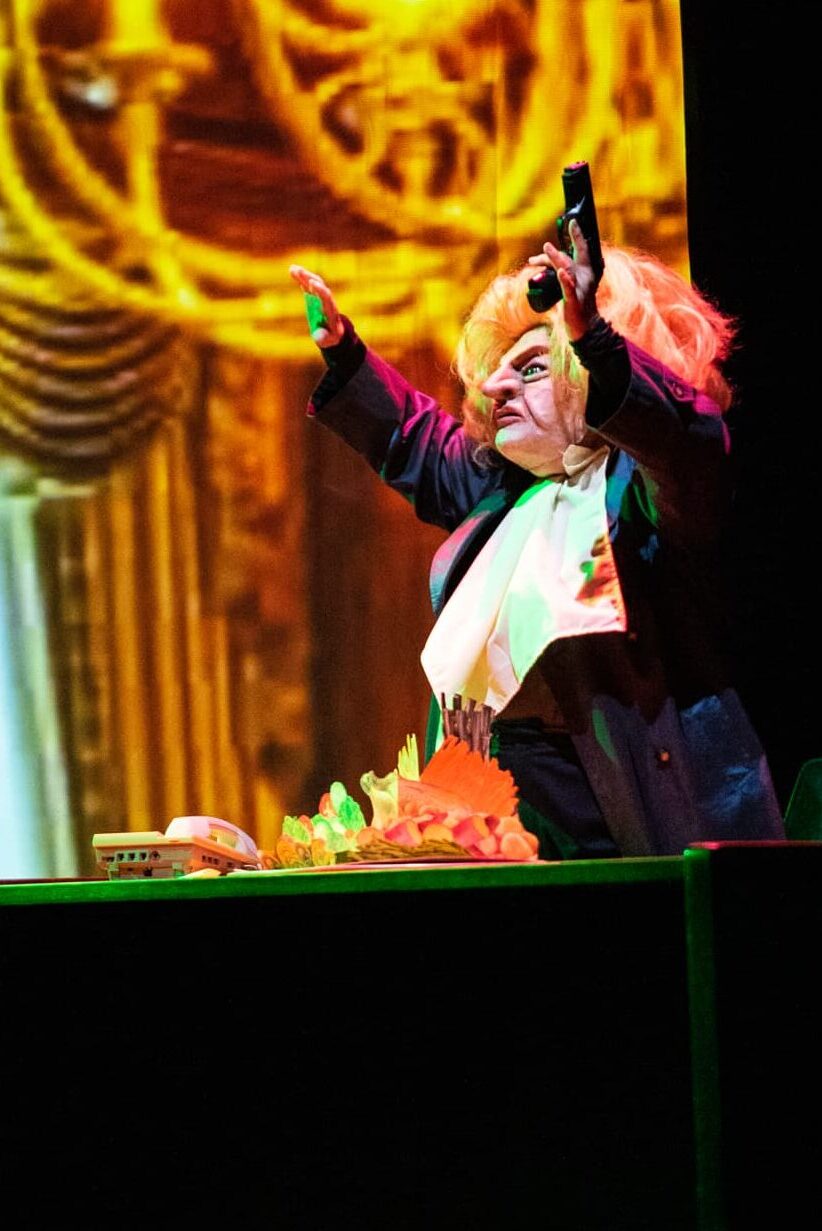
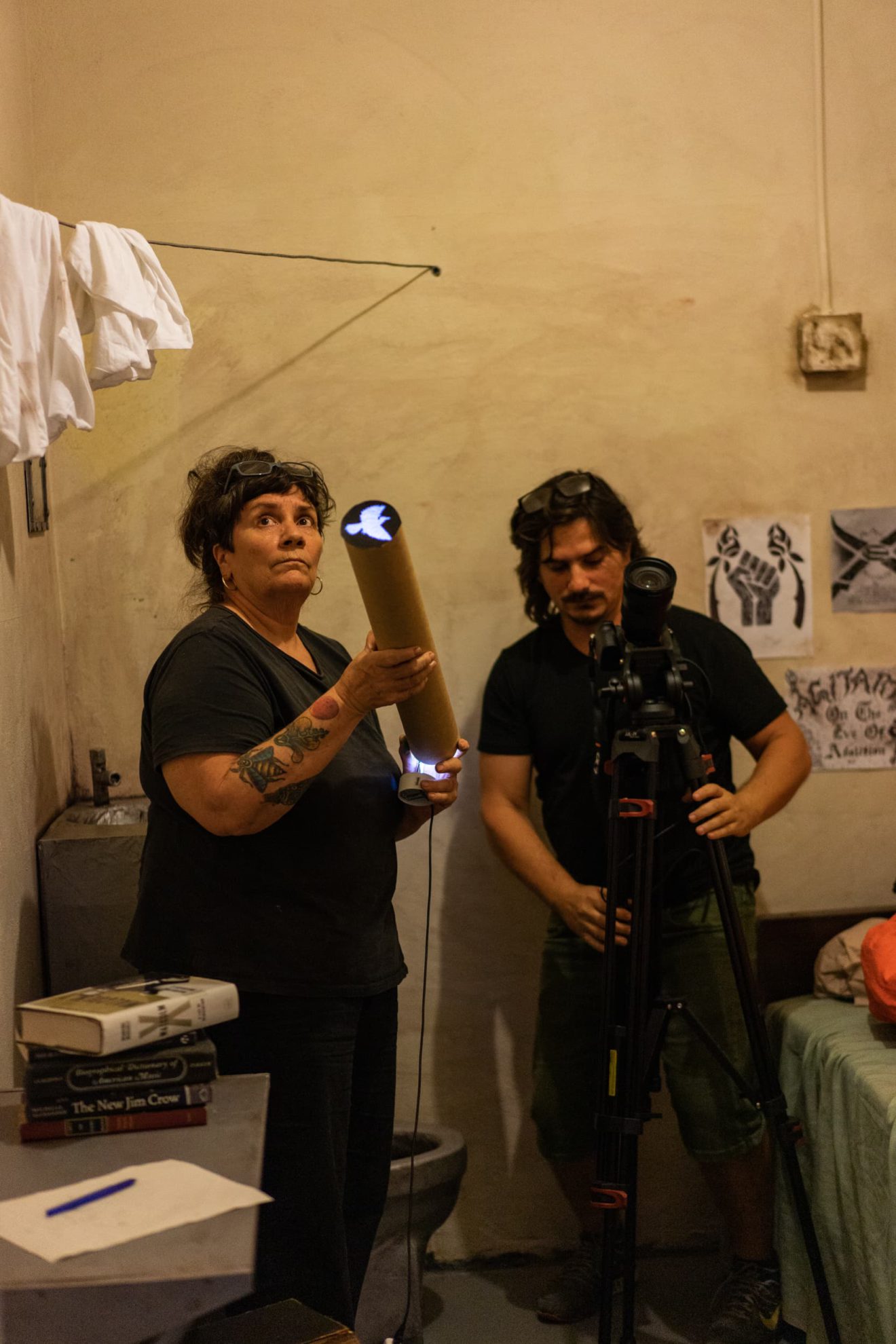
miniature sets & stop motion
We have plunged into the creation of miniature sets and great numbers of tiny prisoners, guards and Vejigantes, all filmed in rough stop motion using cell phones and DSLR cameras.
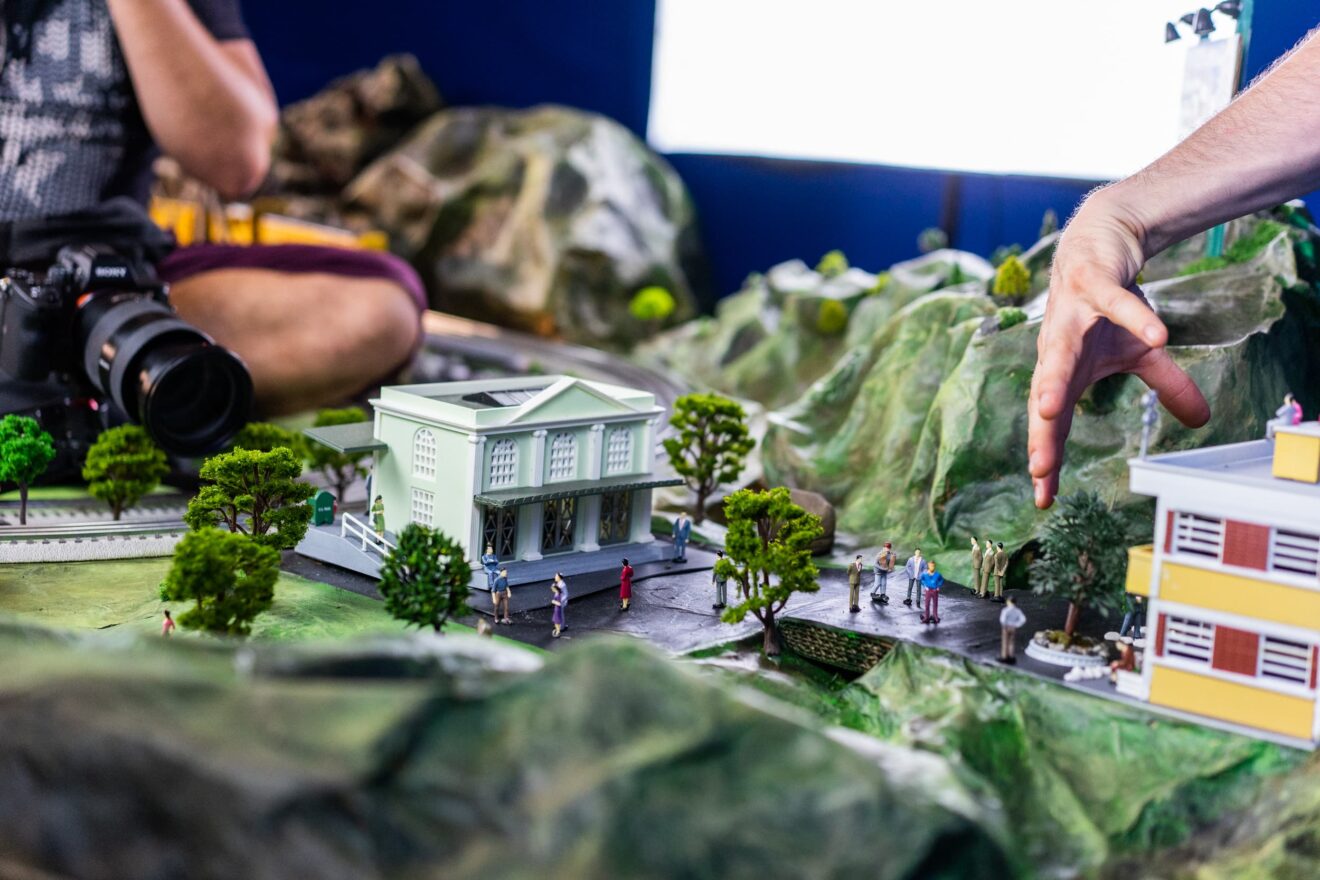

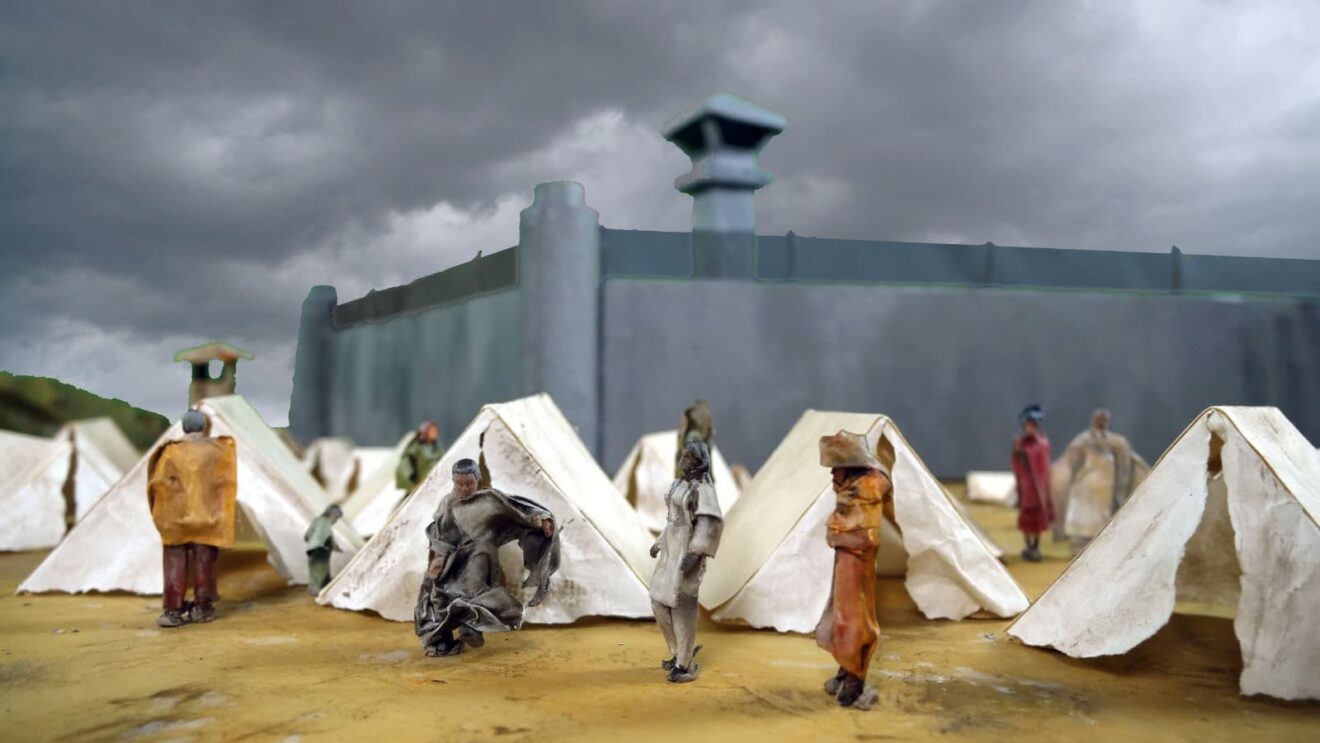
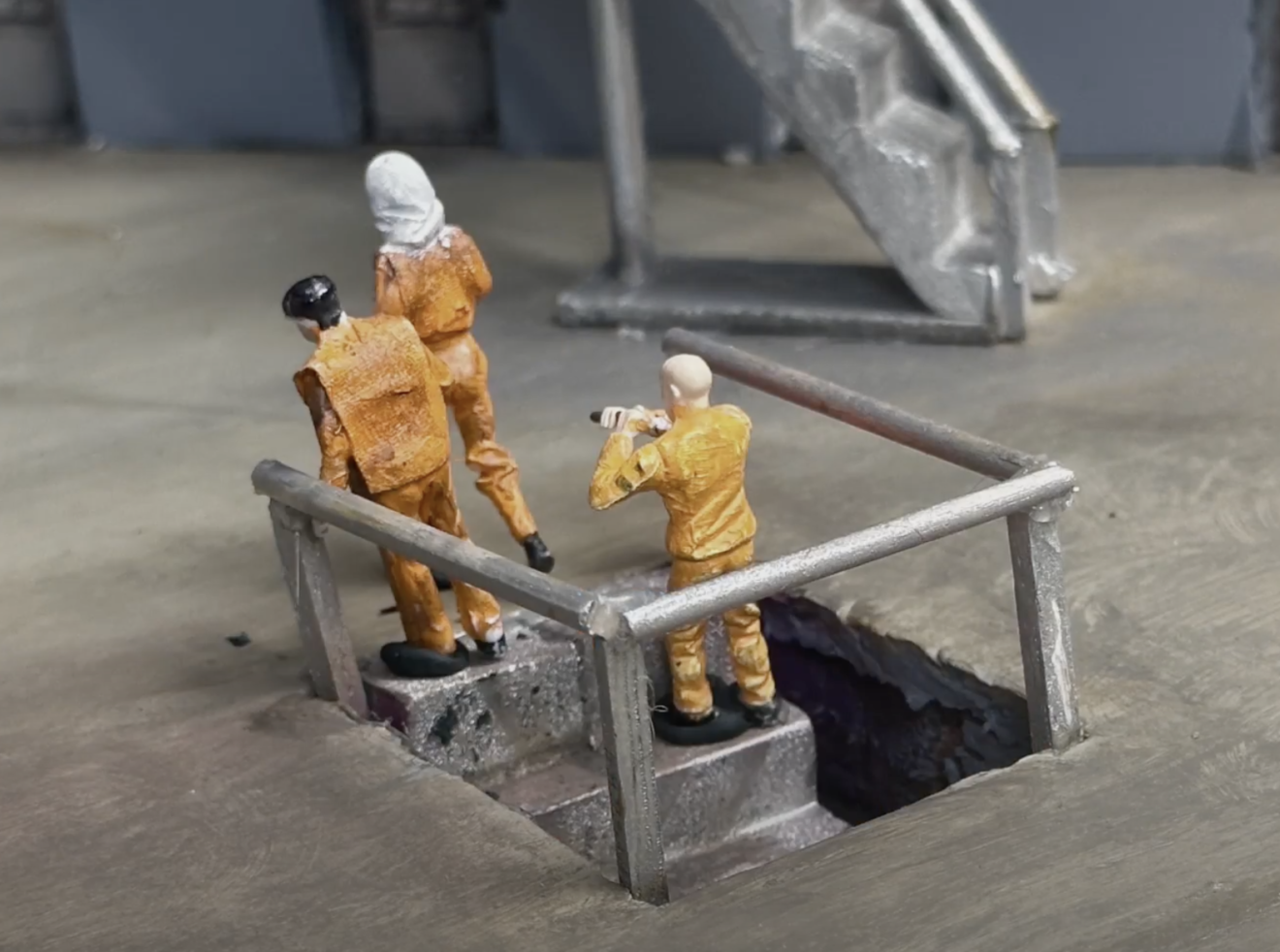

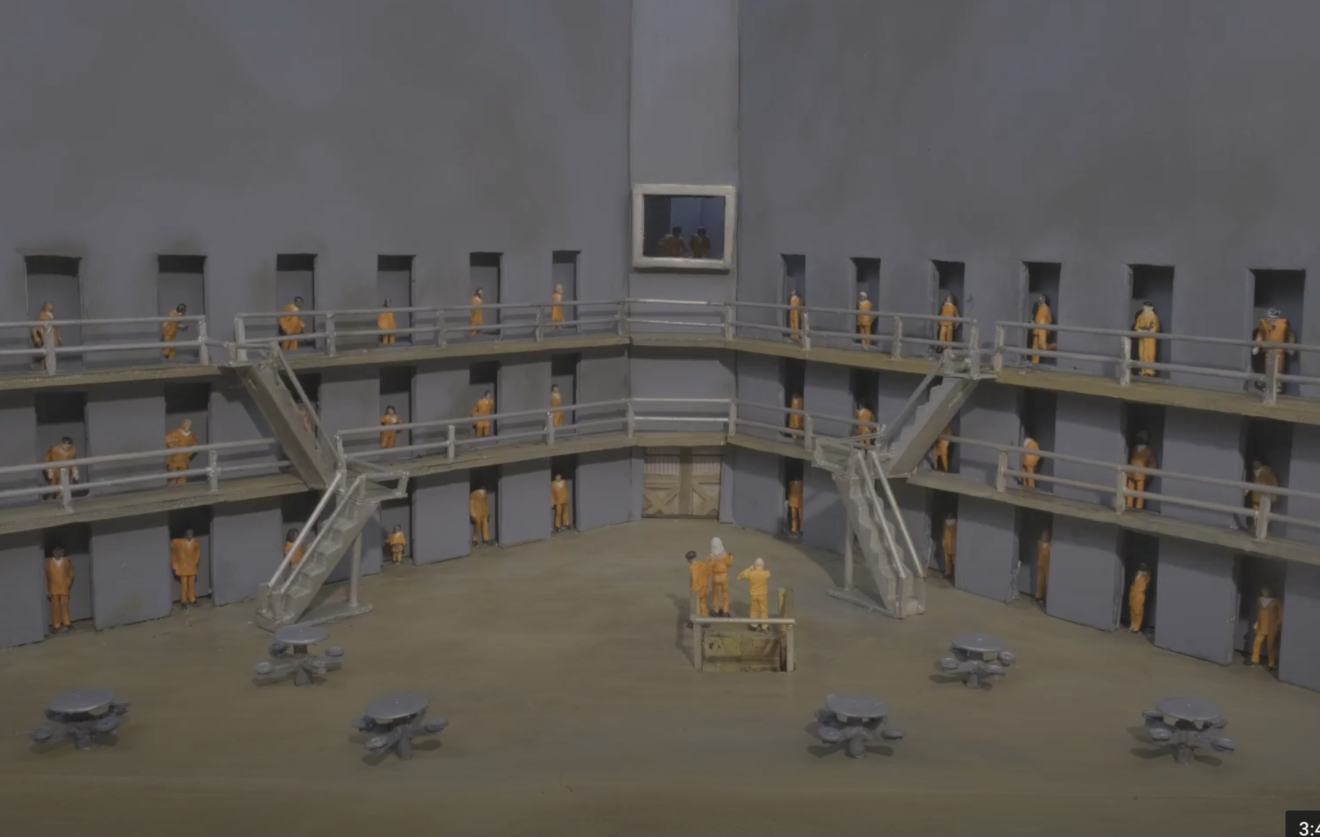
tarot cards
The Tarot cards were hand drawn with color added digitally and printed on 5” x 7” cards. Inspired in part by Pamela Coleman Smith’s illustrations in the Smith-Rider-Waite tarot deck, the On the Eve of Abolition deck remixes imagery from the major and minor arcana, incorporating Caribbean imagery and references to historical liberation struggles. Neva (played by Sugeily Rodríguez Lebrón) uses the cards to tell a story of climate and economic collapse, migration, the exploitation of workers for limited resources, and solidarity, bringing us to the year 2047 and on the eve of the abolition of the last prison. The design on the back of the cards reflects traditional playing cards with a conch shell at the center, a symbol of the Caribbean liberation struggle in the story.
